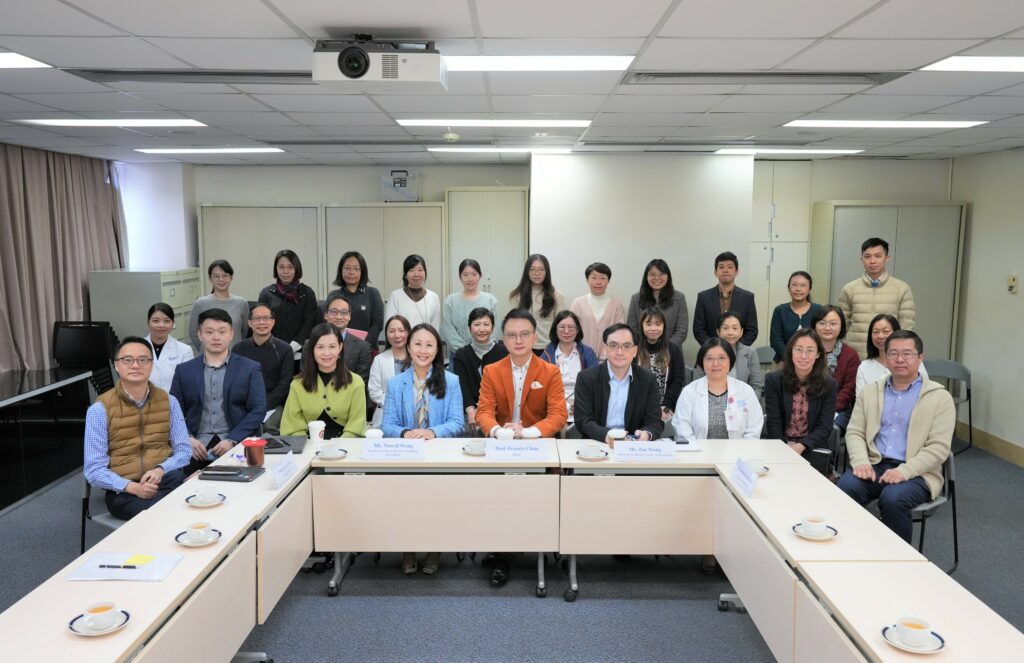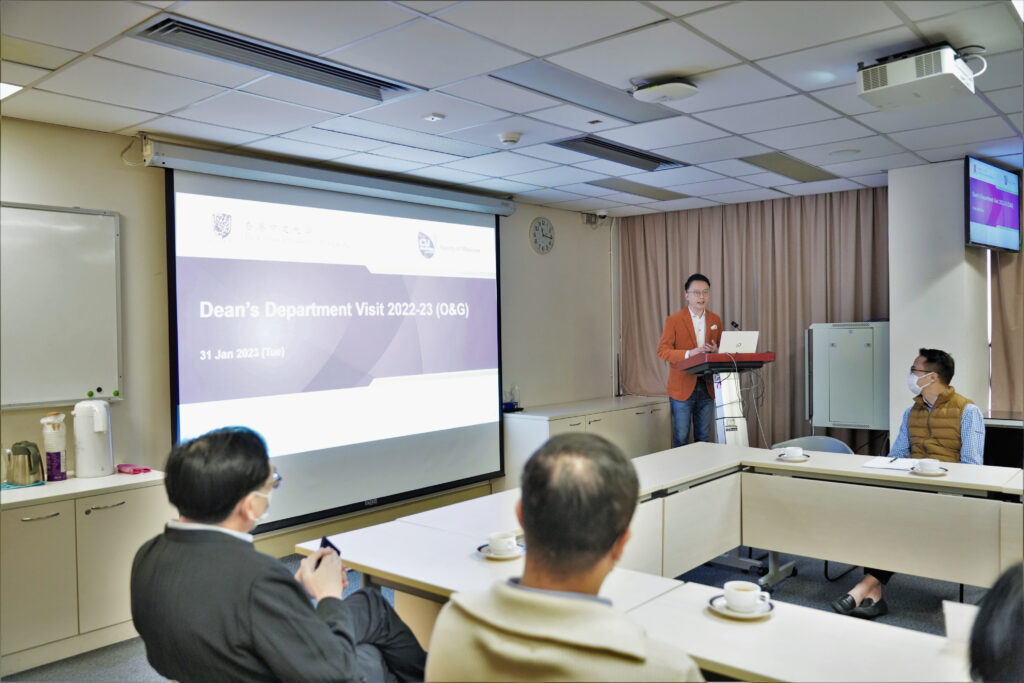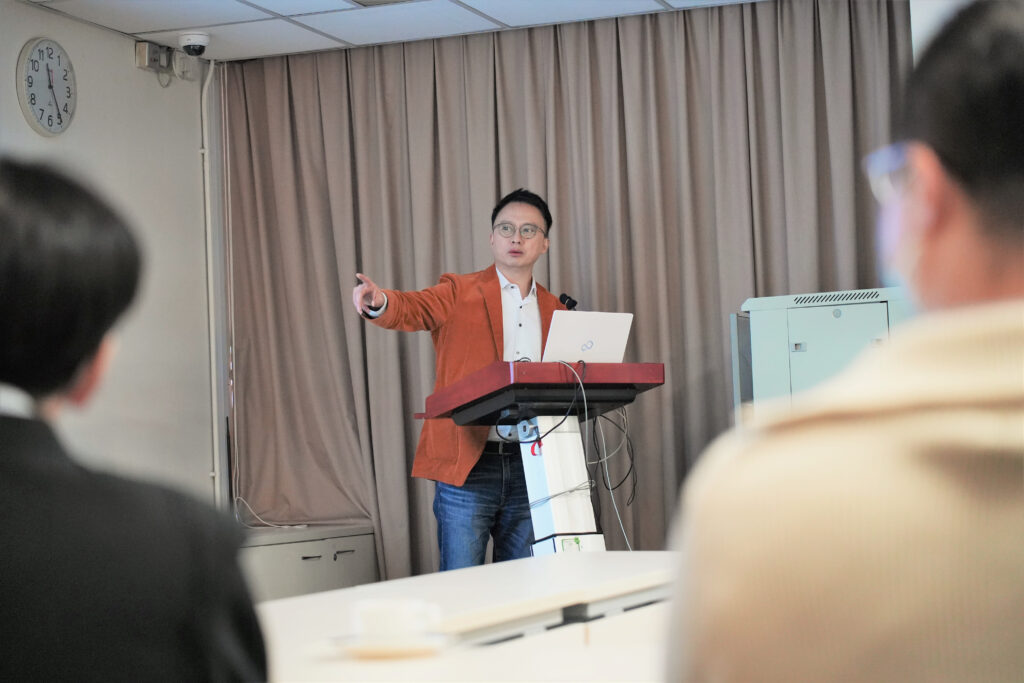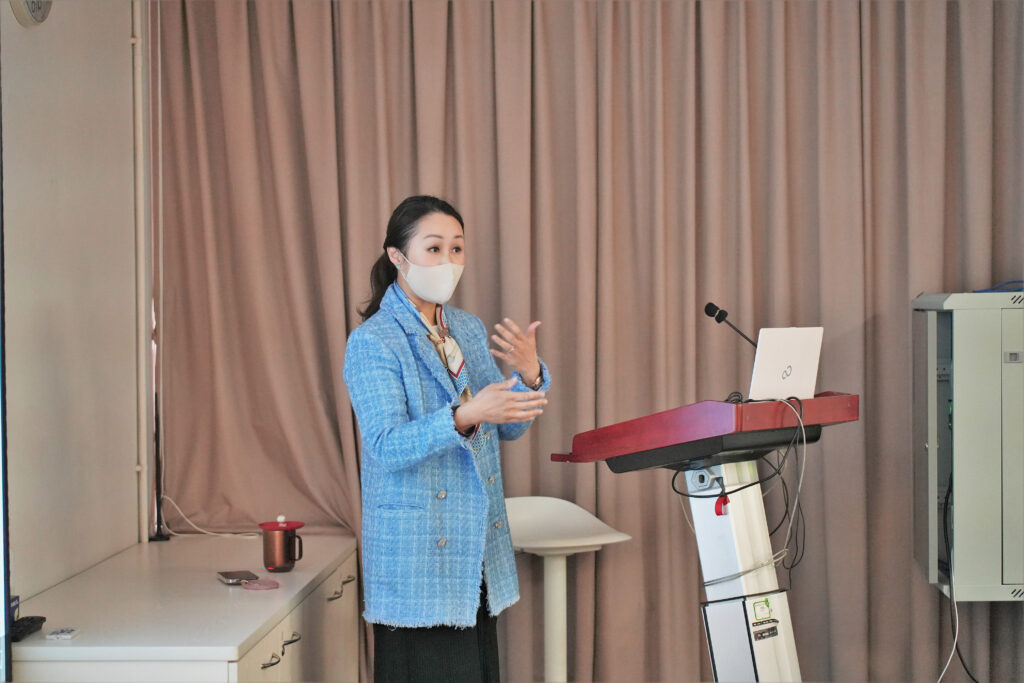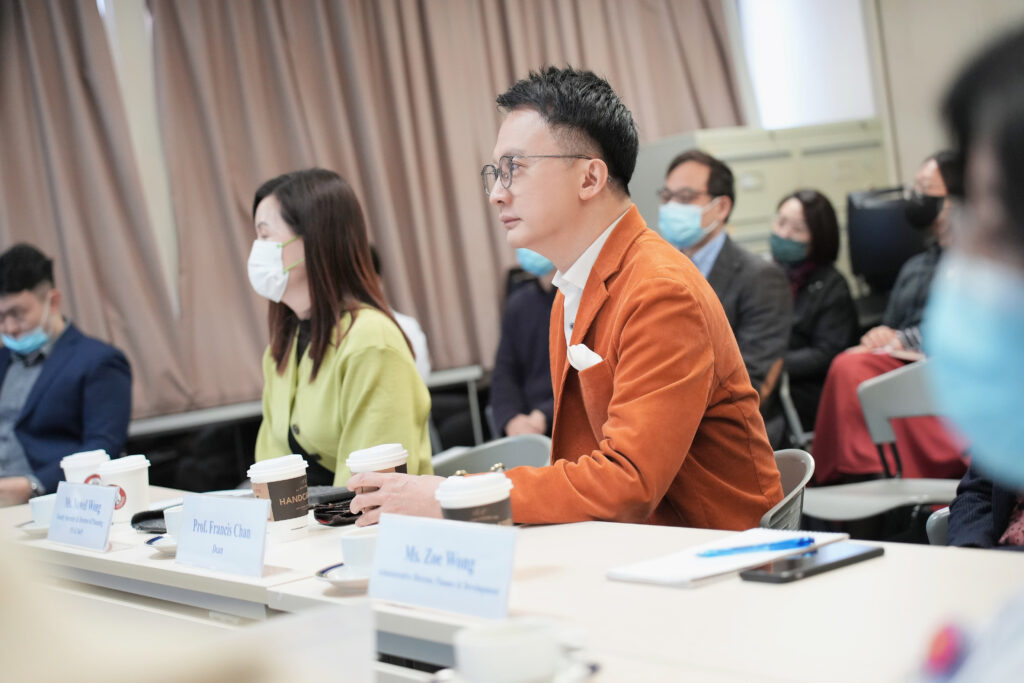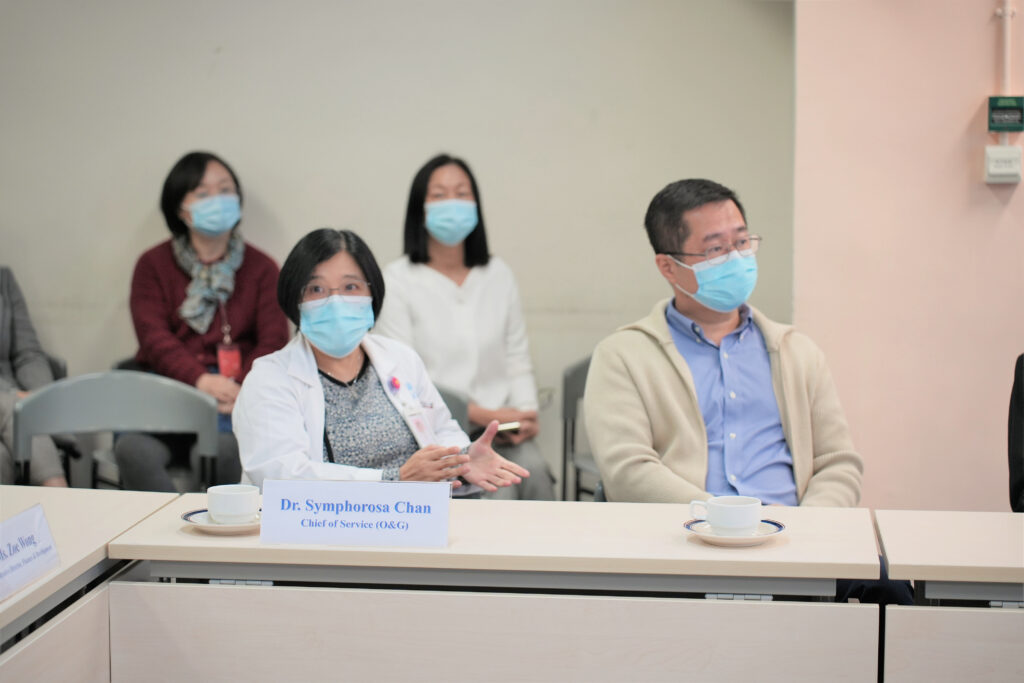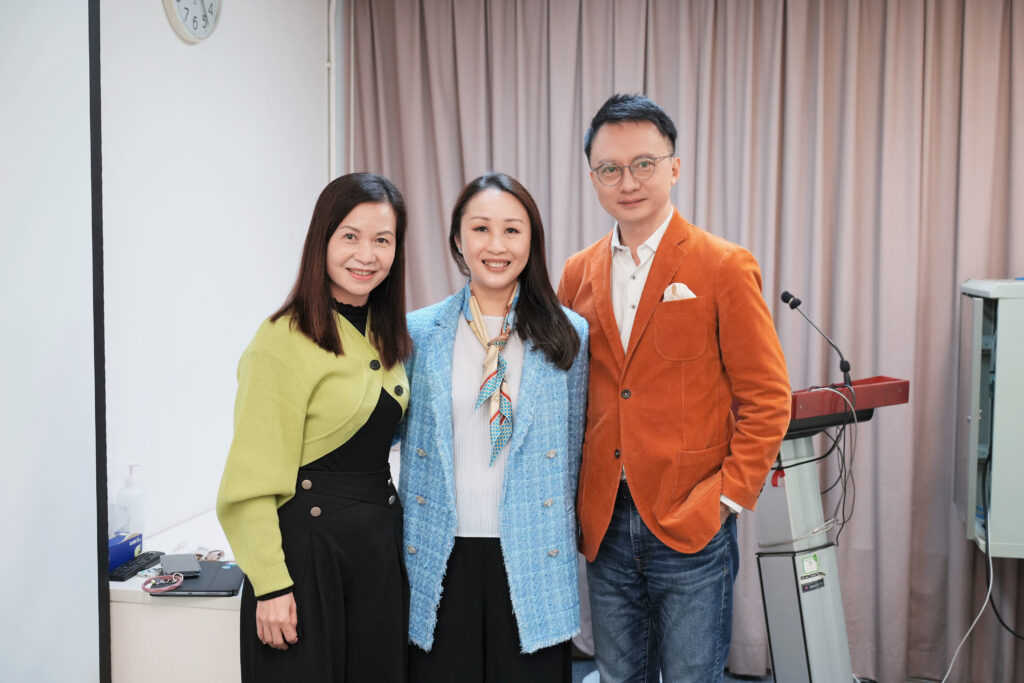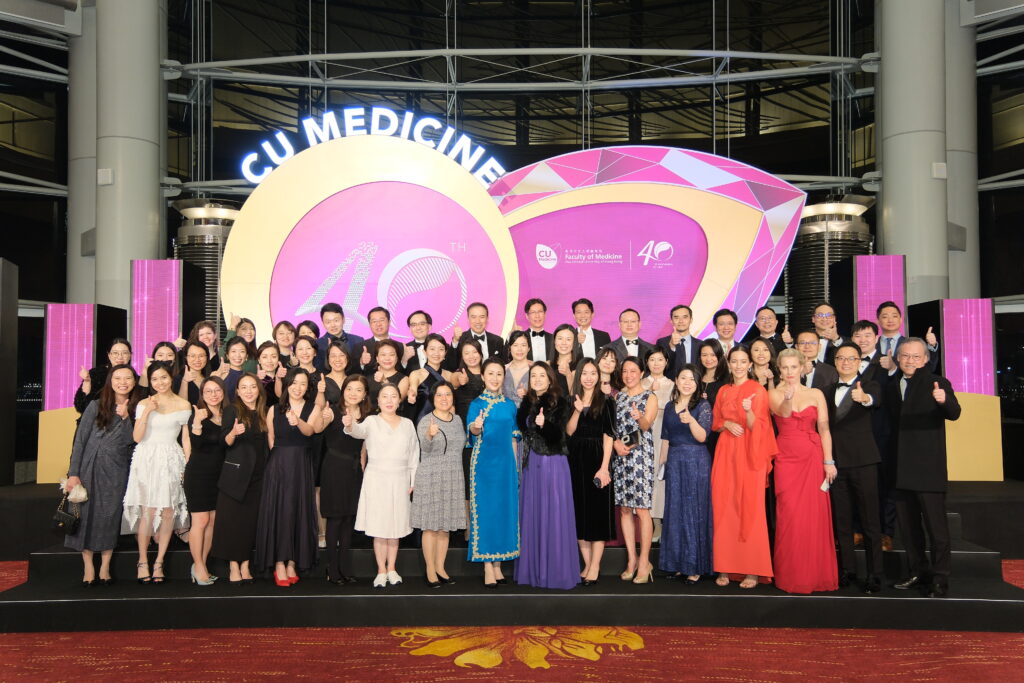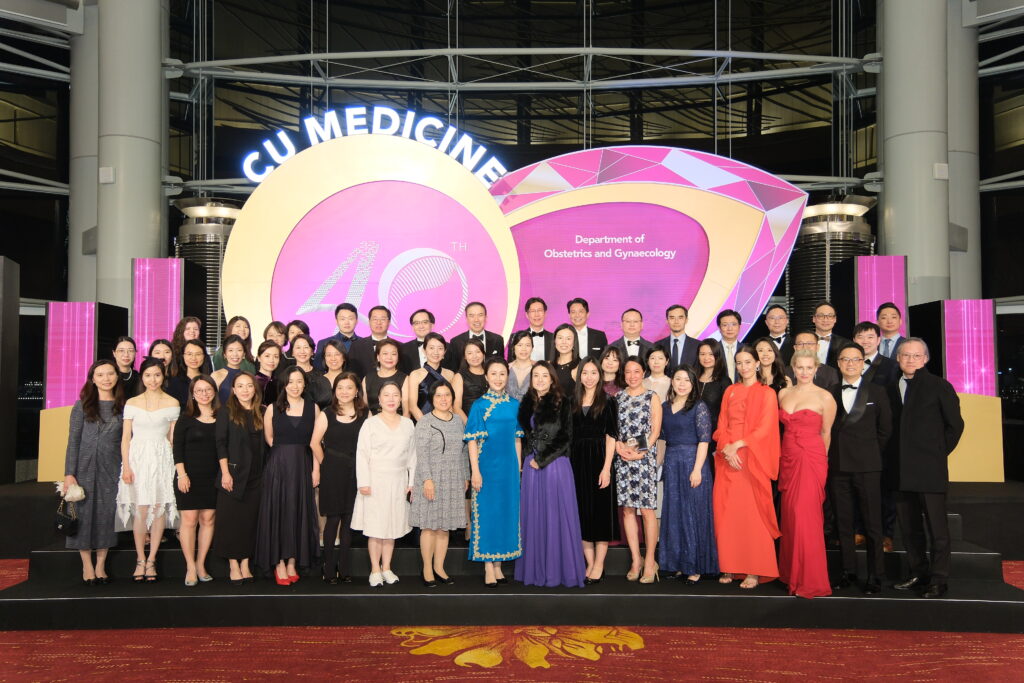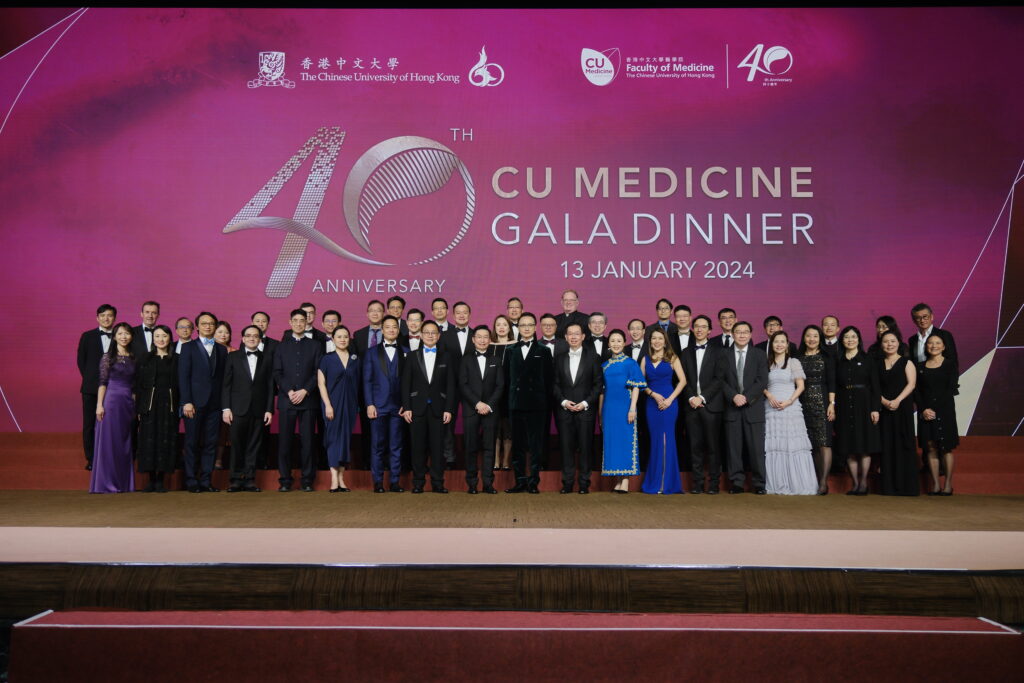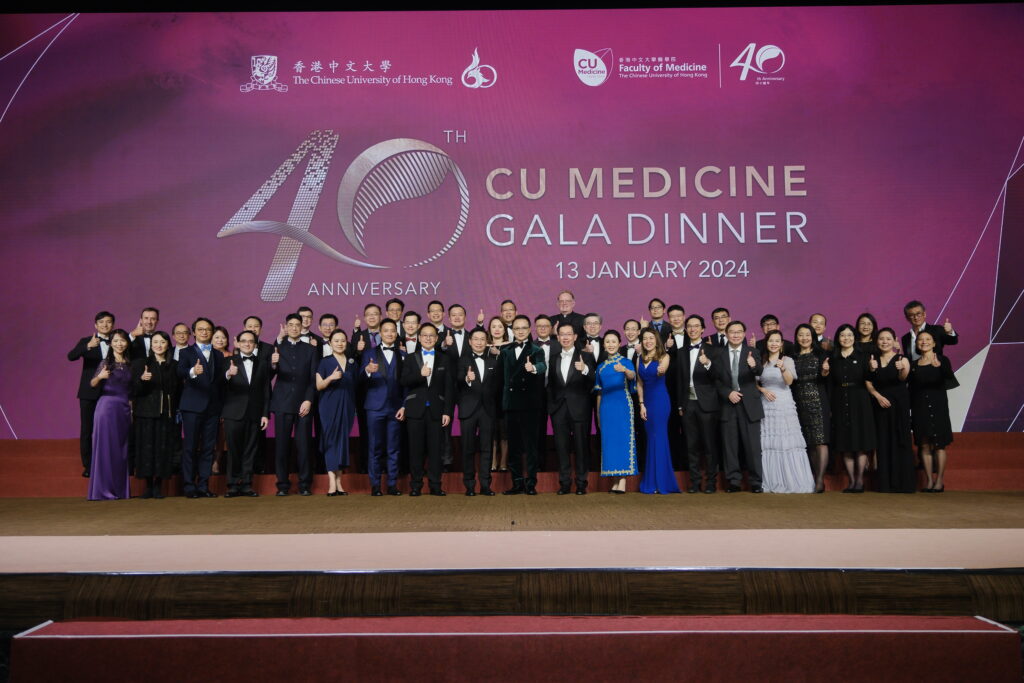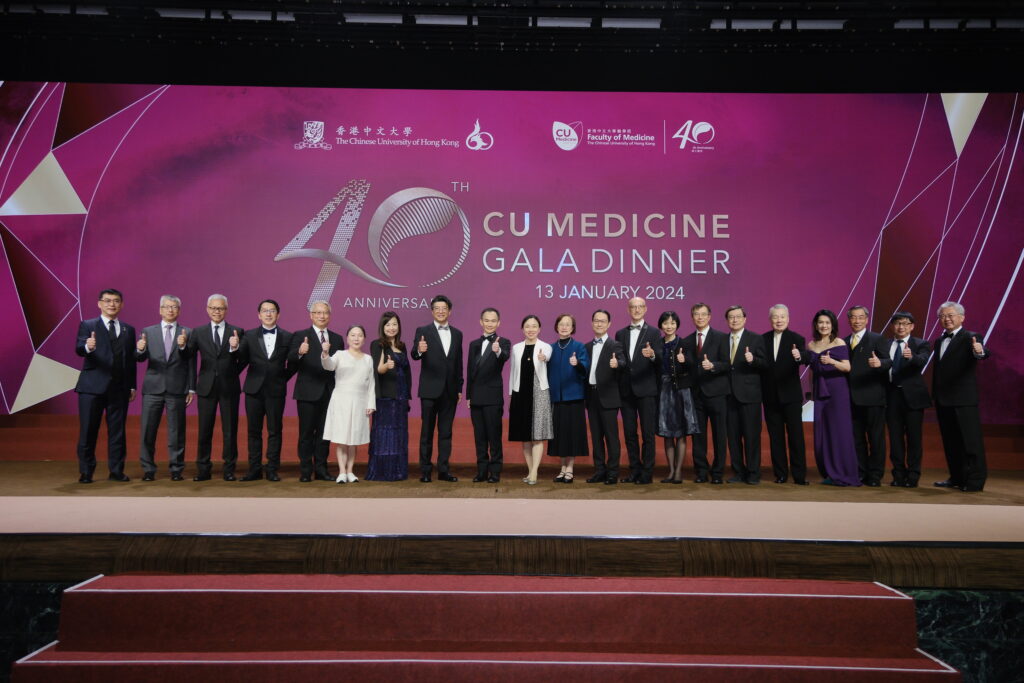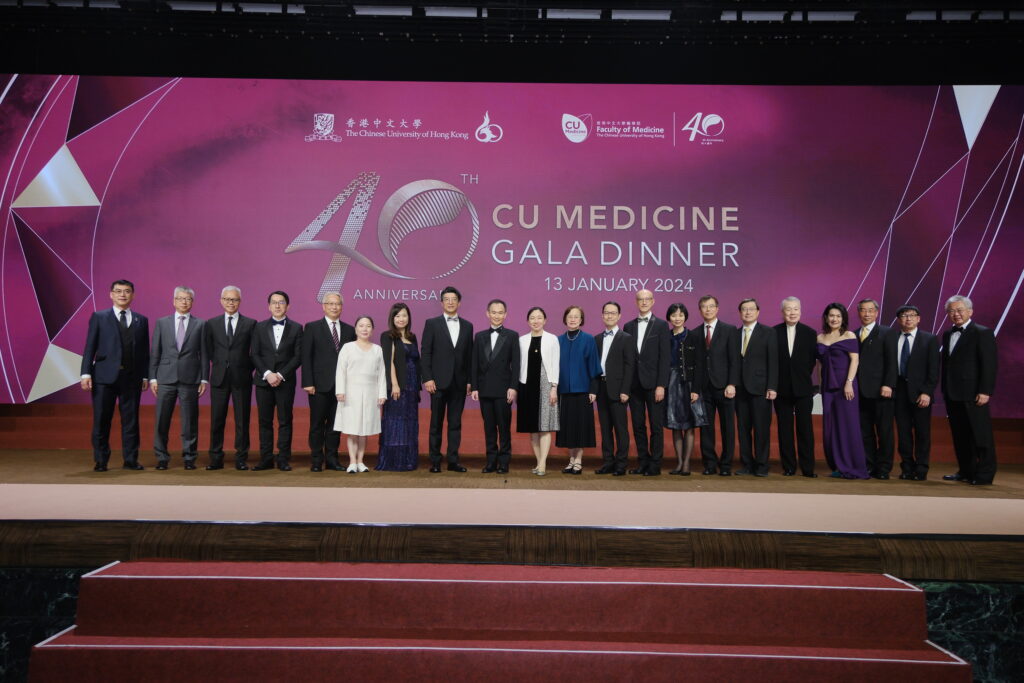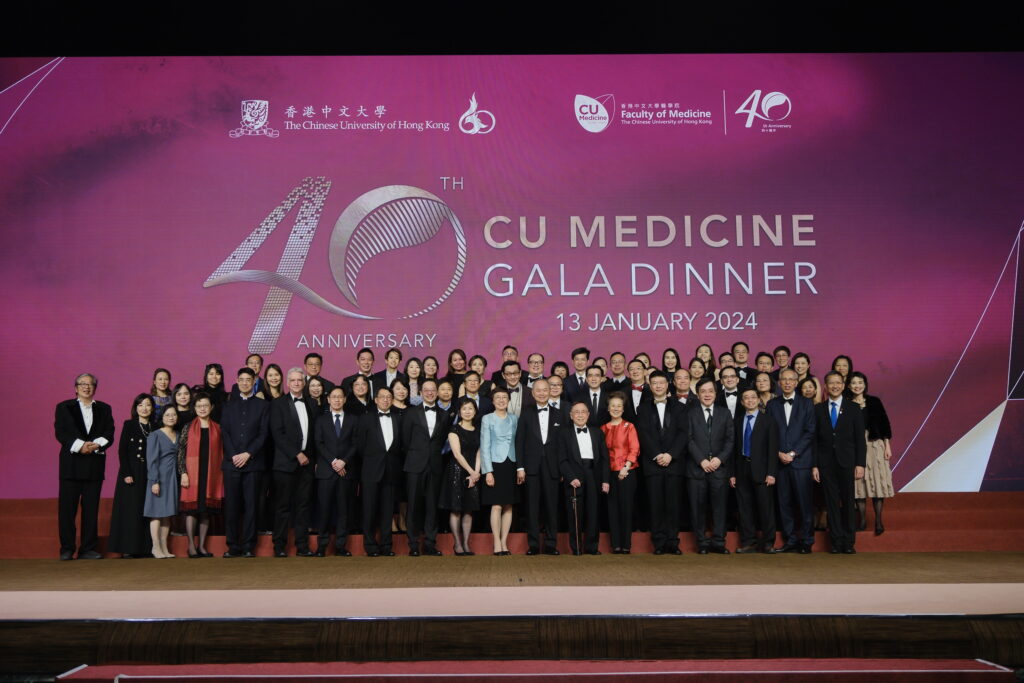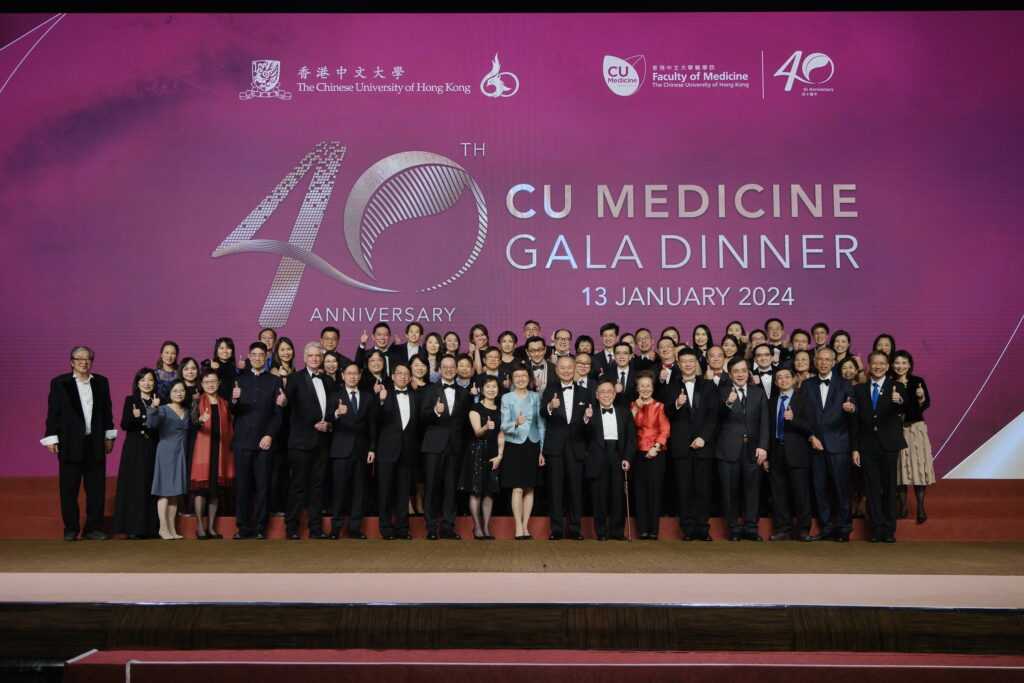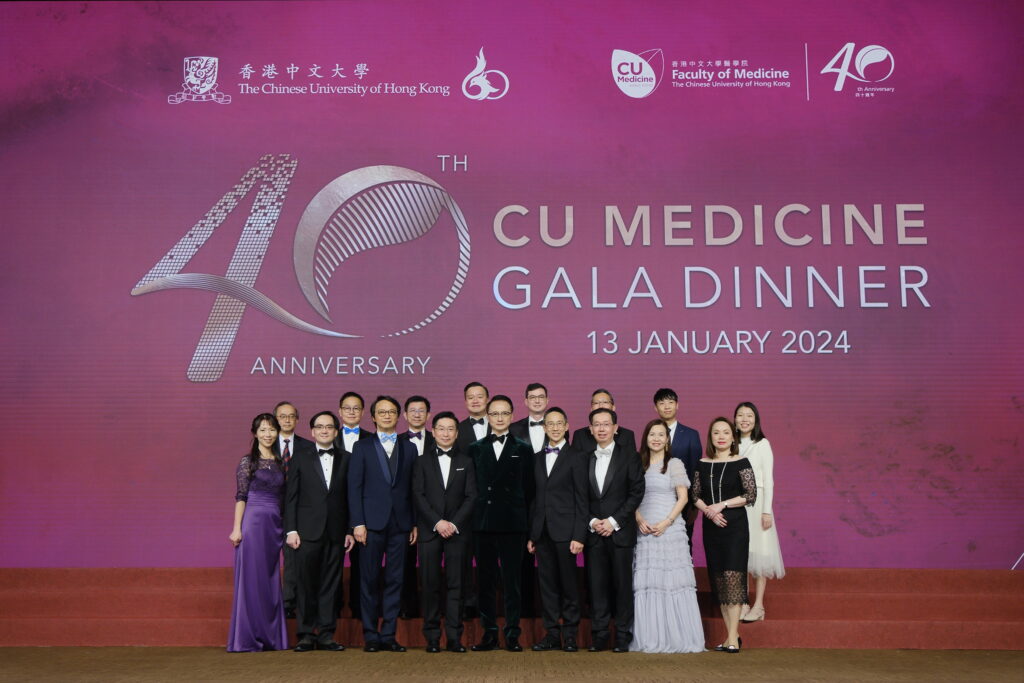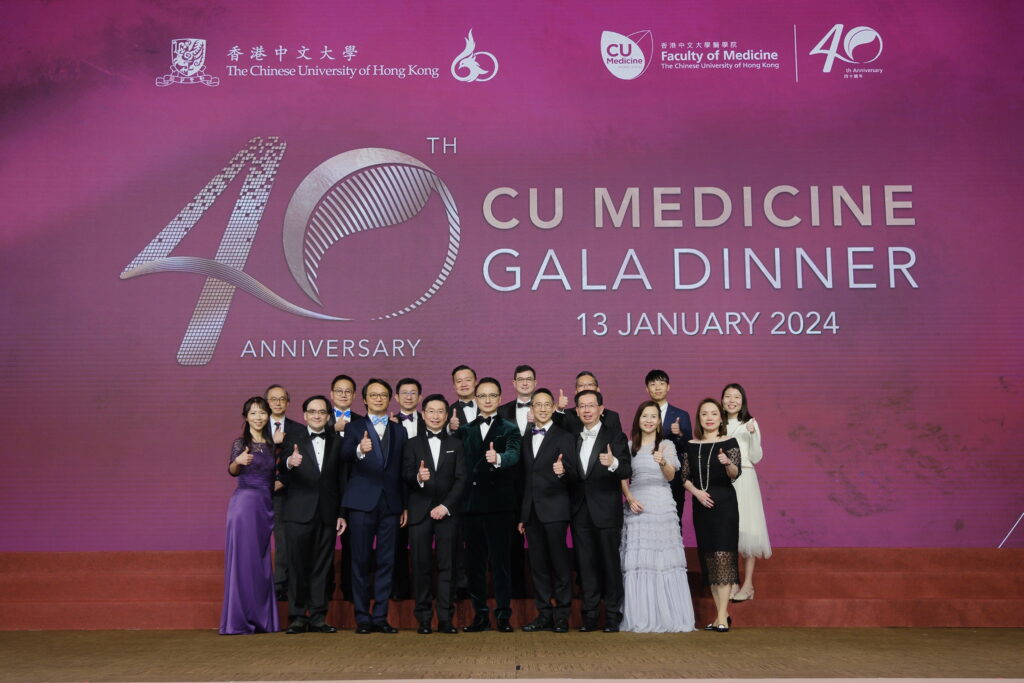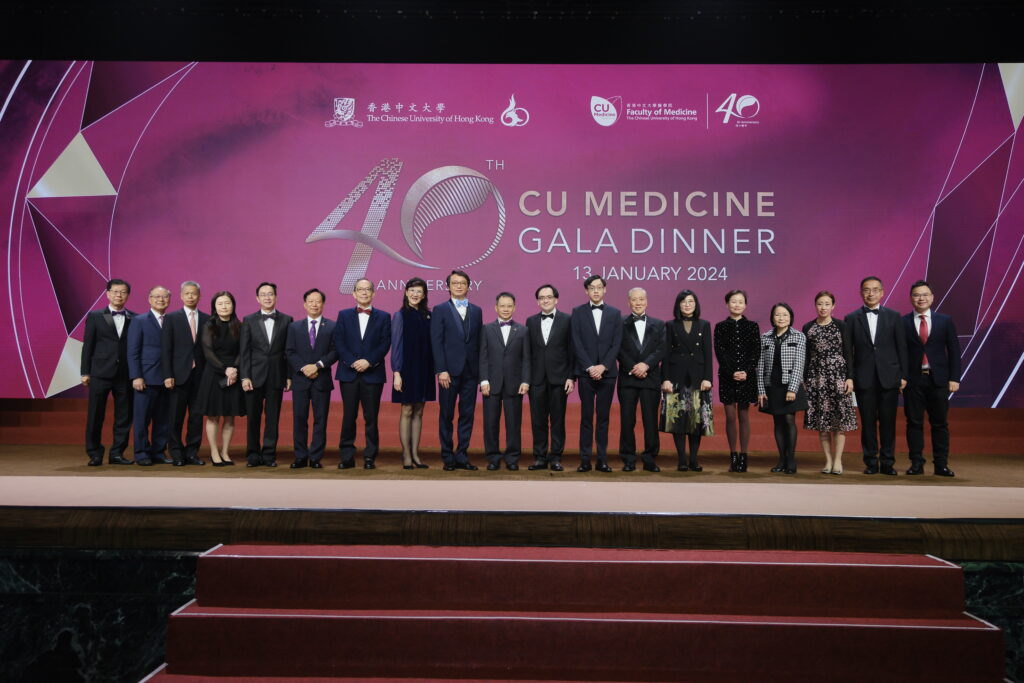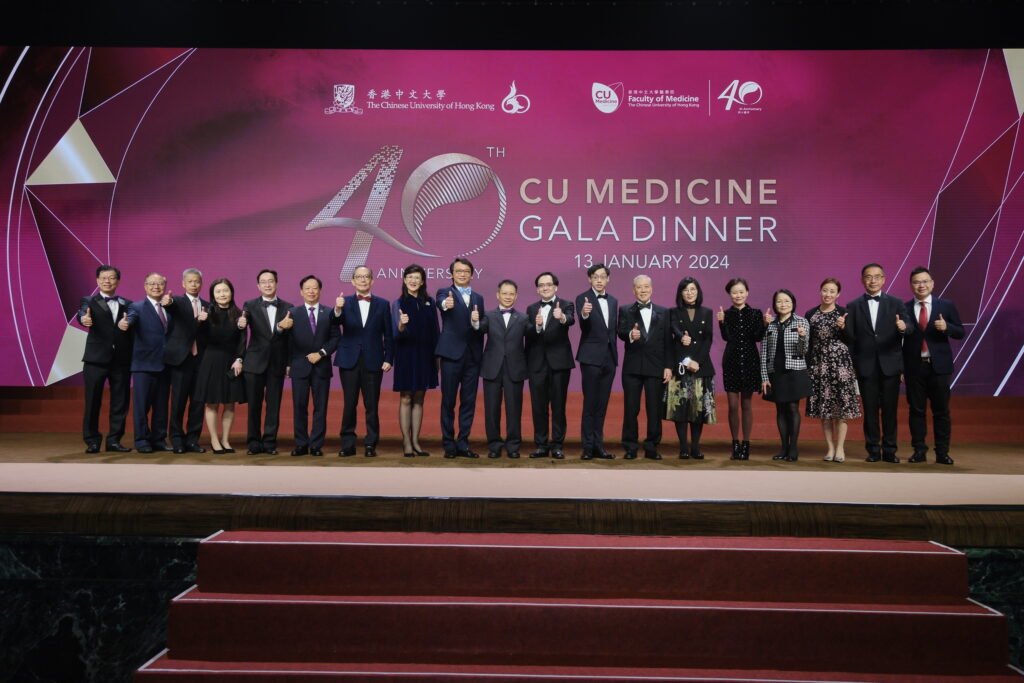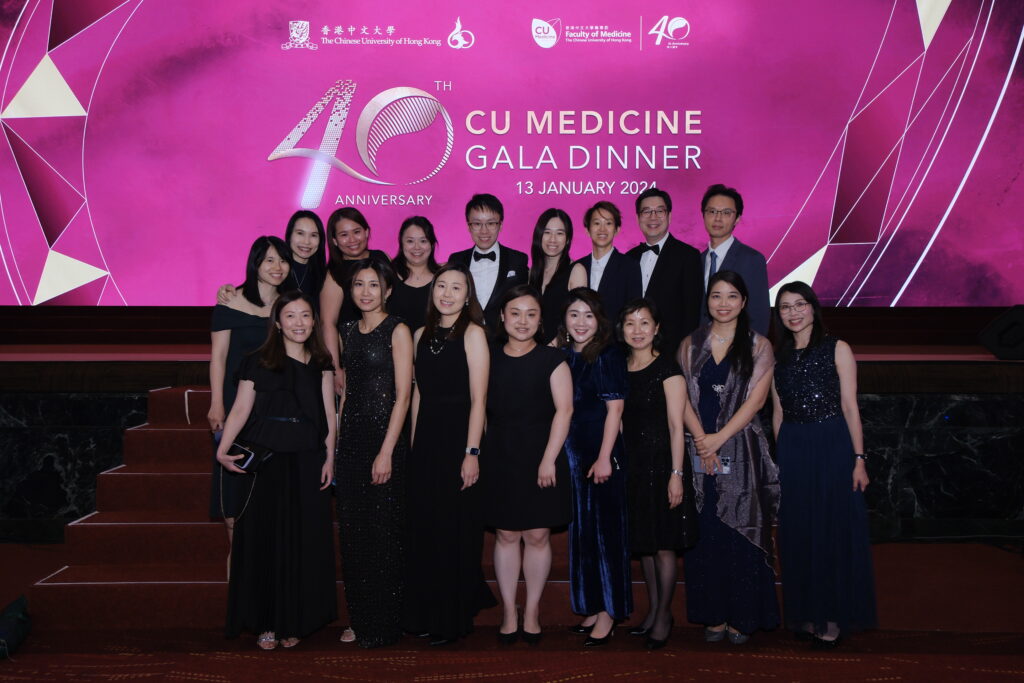Department News

 2025.02.16-19 15th IIFME Gold Medal to Our Team
2025.02.16-19 15th IIFME Gold Medal to Our Team
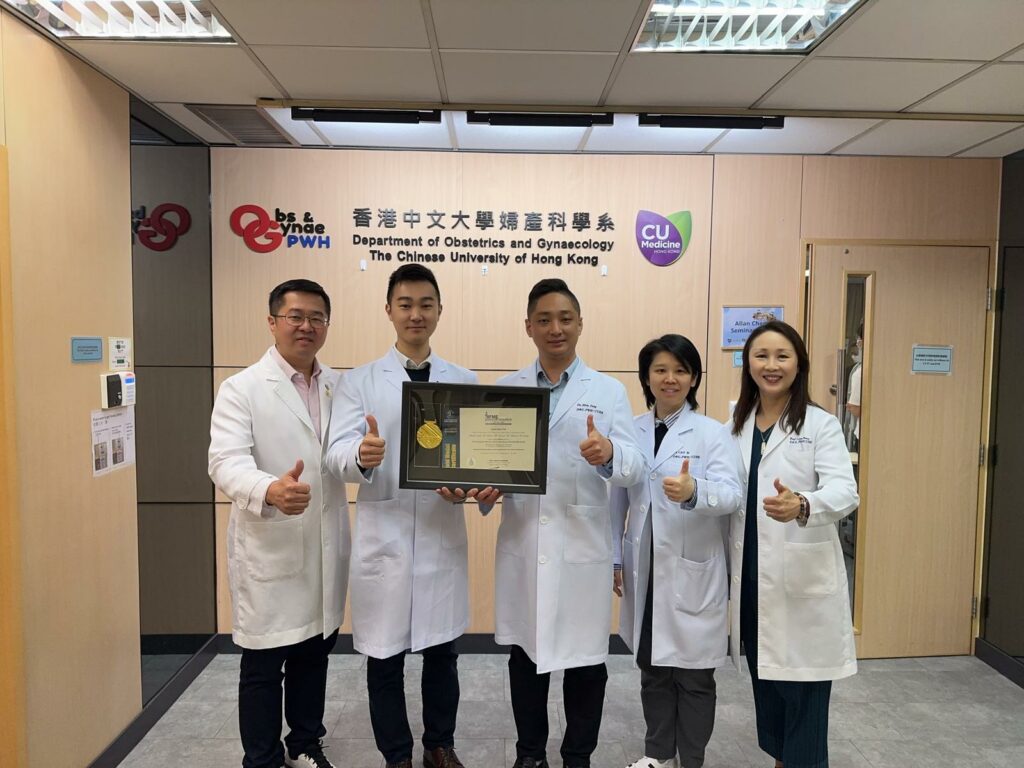
A remarkable achievement has been attained by the Department of Obstetrics and Gynaecology at The Chinese University of Hong Kong (CUHK), earning the Gold Medal with the Congratulations of the Jury at the 15th International Invention Fair in the Middle East (IIFME). This prestigious recognition highlights the department’s excellence in medical research and innovation.
The invention is an advanced bioinformatics analytical method to detect absence of heterozygosity (AOH) in nextgeneration sequencing (NGS) data. The method can be applied in molecular genetic diagnostics and genomics research. AOH is an important marker of imprinting diseases caused by uniparental disomy. It can also inform autozygosity through identity by descent, which is more prevalent in certain regions of the Middle East, with implications regarding increased propensity to autosomal recessive disorders. This method uses low-read-depth NGS data to save cost and shortens analytical time. This pipeline empowers NGS-based cytogenomics analysis as an alternative approach to chromosomal microarray analysis. Independent on the NGS platform, it is applicable for reanalysis of existing NGS datasets. It has been adopted by the Hong Kong Hospital Authority as a clinical genetic diagnostic service.
Recognition and Appreciation:
The success of this project is attributed to the dedication and expertise of the research team, including:
- Professor Choy Kwon Wai
- Professor Dong Zirui
- Professor Cao Ye
- Professor Matthew Chau Hoi-kin
- Mr. Yang Zhenjun
Their commitment to advancing obstetrics and gynaecology research has led to an innovation that enhances genetic diagnostics and contributes to the improvement of global healthcare.
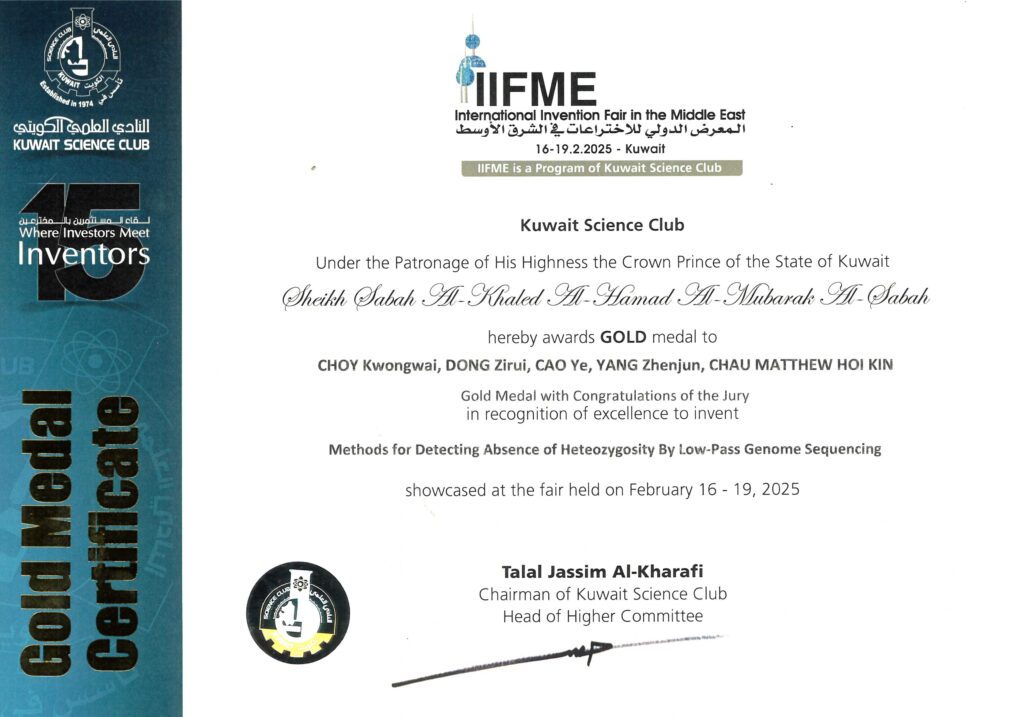
Warm congratulations to the team for this outstanding accomplishment. Their work continues to push the boundaries of genetic research, paving the way for future advancements in healthcare.
 CUHK and Queen Mary University of London led the largest international trial of time-lapse imaging systems for embryo incubation in IVF technology, revealing comparable outcomes to conventional methods.
CUHK and Queen Mary University of London led the largest international trial of time-lapse imaging systems for embryo incubation in IVF technology, revealing comparable outcomes to conventional methods.
An international trial of time-lapse imaging (TLI) systems for embryo incubation and selection during in vitro fertilisation (IVF), co-led by the Assisted Reproductive Medicine Unit in the Department of Obstetrics and Gynaecology at The Chinese University of Hong Kong (CUHK)’ Faculty of Medicine (CU Medicine) and the Women’s Health Research Unit at Queen Mary University of London, has found that a TLI system gives no advantage in clinical outcomes over conventional methods although it offers a seamless process for monitoring embryo development. Researchers believe the findings provide insights that will allow for better allocation of resources and investment in future IVF services. The landmark findings of the largest international trial of its kind have been published in The Lancet.
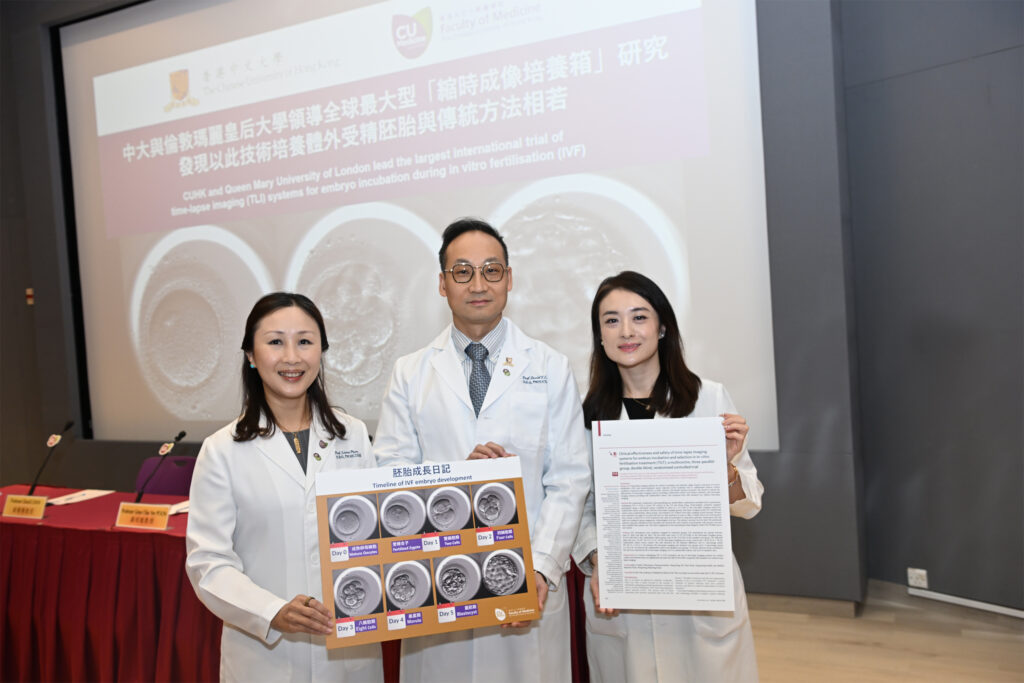
Continuous debates over the clinical effectiveness of TLI systems
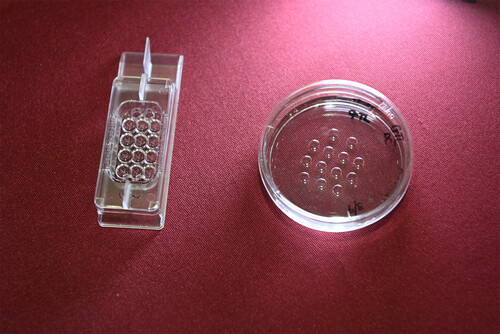
One out of six couples in Hong Kong experience fertility problems. IVF is the most common treatment allowing infertile couples to achieve pregnancy. Gametes from wife and husband are combined in an IVF laboratory to create the embryo, with a resulting good-quality embryo transferred to the mother’s womb, typically on the fifth day. The conventional incubation method requires an embryologist to observe the embryo once per day. Moving the incubator in order to observe the embryo can potentially disturb the latter. In contrast, a TLI system, equipped with an internal camera for continuous observation without disturbance, offers a seamless monitoring process. While TLI has been a common practice in IVF labs for over a decade, its clinical effectiveness remains controversial. TLI systems are often associated with additional costs for patients due to high equipment expenses.
Professor David Chan Yiu-leung, an embryologist from the Department Obstetrics and Gynaecology at CU Medicine, and Dr Priya Bhide, an expert in reproductive medicine from Queen Mary, led this three-arm, parallel-group, double-blind, randomised, controlled trial of 1,500 participants undergoing IVF at seven centres in Hong Kong and the UK. Hong Kong contributed to one-third of the cases in this study. One group of participants received TLI-based embryo selection, one received standard static assessment using undisturbed culture and a third received conventional assessment using a light microscope and standard embryo culture in standard incubators. Results showed no significant difference among three groups in the live birth rates for embryos and clinical pregnancy rates. (Please refer to Table 1 for details)
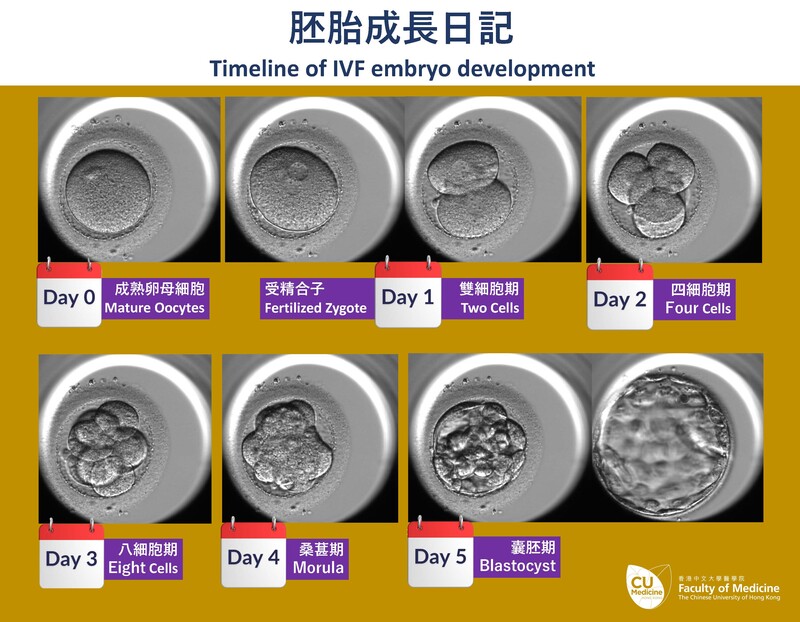
Professor Liona Poon Chiu-yee, Chairperson of the Department of Obstetrics and Gynaecology at CU Medicine, said: “Our department encourages randomised controlled trial studies to support evidence-based medicine refuting hypothetical benefits without proven clinical outcomes. We are dedicated to providing accurate treatment choices and the highest level of care to our patients. The concept of ‘non-disturb culturing’ has been widely accepted as a better procedure by IVF specialists. This study proved that theoretical concepts of advanced technology do not always translate into improved clinical outcomes.”
Professor David Chan Yiu-leung, Assistant Professor in the Department of Obstetrics and Gynaecology at CU Medicine, said: “Although TLI is an important equipment in IVF labs, it does not improve IVF clinical outcomes. Patients seeking IVF treatment should be vigilant about fees for embryo culturing, as clinics might impose additional fees for the use of TLI.”
Dr Jacqueline Chung Pui-wah, Associate Professor in the Department of Obstetrics and Gynaecology at CU Medicine, said: “The findings from this study could prompt IVF clinics to reconsider how they allocate their budget for equipment. Instead of investing heavily in TLI machines, they could focus more on lab equipment that has a direct, measurable impact on live birth rates.”
| Live birth rates for embryos | Clinical pregnancy rates | |
|---|---|---|
| TLI-based embryo selection1 | 33.7% | 42.2% |
| Standard static assessment using undisturbed culture2 | 36.6% | 43.4% |
| Conventional assessment using a light microscope and standard embryo culture in standard incubators3 |
33.0% | 40.9% |
1 Participants assigned to TLI-based embryo selection had embryo assessment and selection based on the morphological embryo scoring provided by the system.
2 Participants assigned to this method had only conventional morphological embryo assessment performed by embryologists in undisturbed culture conditions in the TLI system.
3 This method serves as control group, with participants receiving conventional morphological embryo assessment performed by embryologists using the light microscope and standard embryo culture in standard incubators.
 International Exhibition of Inventions 2024
International Exhibition of Inventions 2024
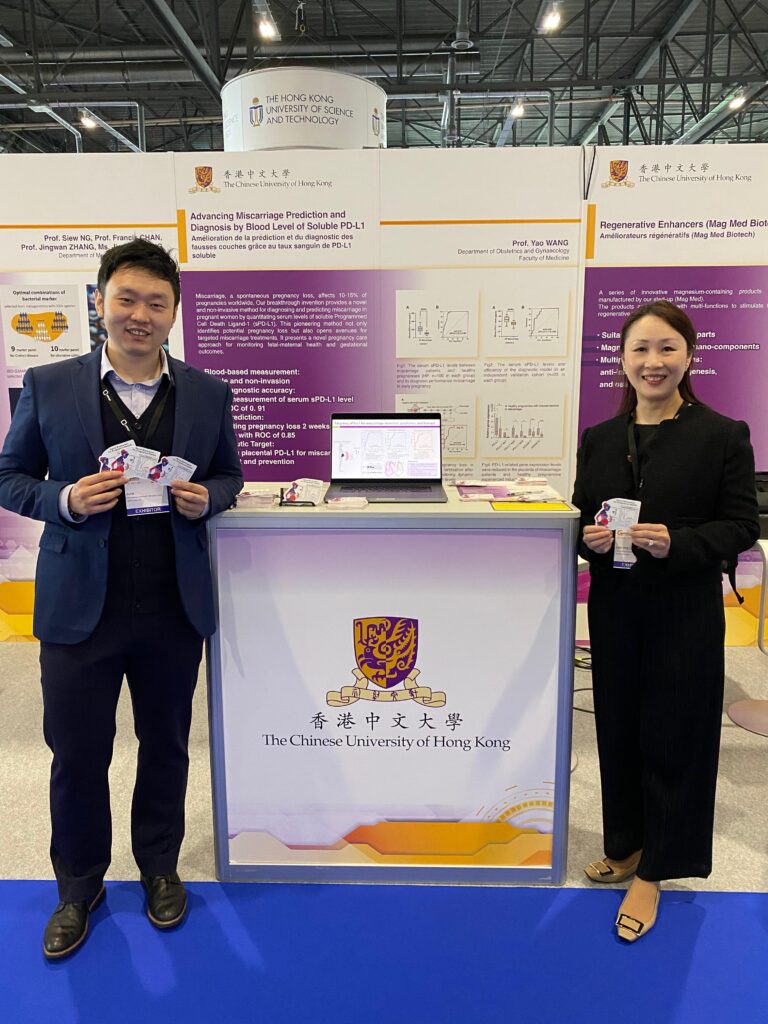
We are delighted to announce that their remarkable inventions, “Advancing Miscarriage Prediction and Diagnosis by Blood Level of Soluble PD-L1” and “ProEGCG: Prodrug for Safe and Effective Treatment of Endometrial Cancer” have been awarded well-deserved Gold Medals.
Congratulations to Liona Poon, Ronald Wang, TC Li, Tao Zhang, Jiaming Wu, Qin Li, Yong Kang Yang, Yao Wang, Loucia Chan and Gene Man on their outstanding achievements at the International Exhibition of Inventions 2024!
These accolades are a testament to their unwavering dedication, remarkable creativity, and unwavering commitment to pushing the boundaries of innovation. We applaud their exceptional performance and the positive impact they have made on society.
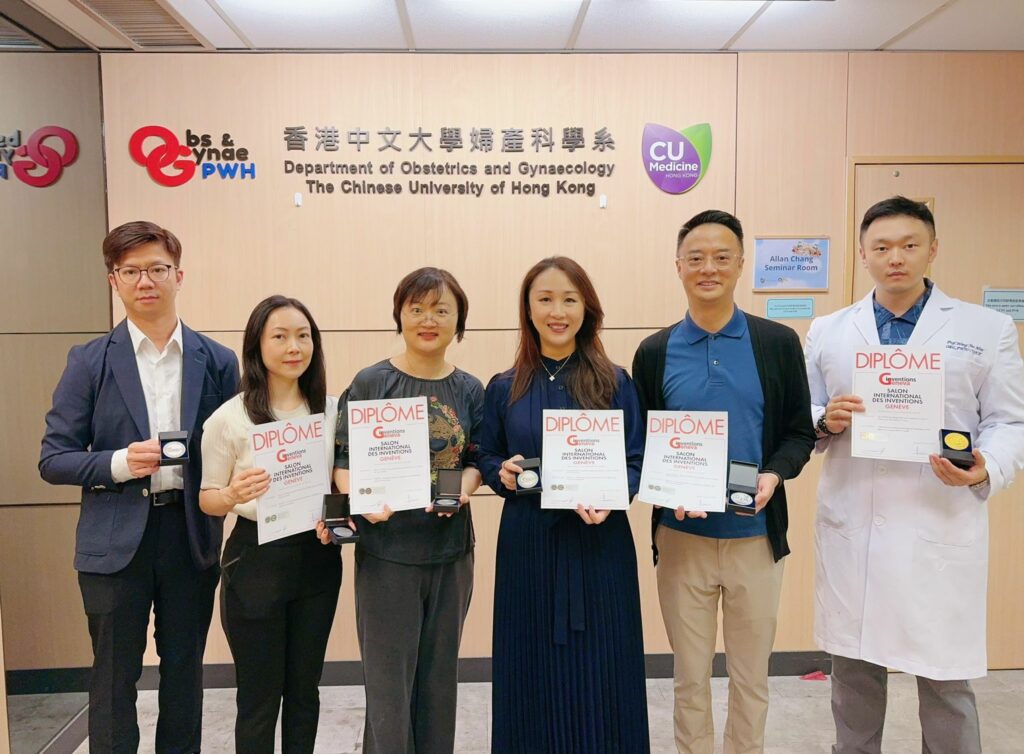
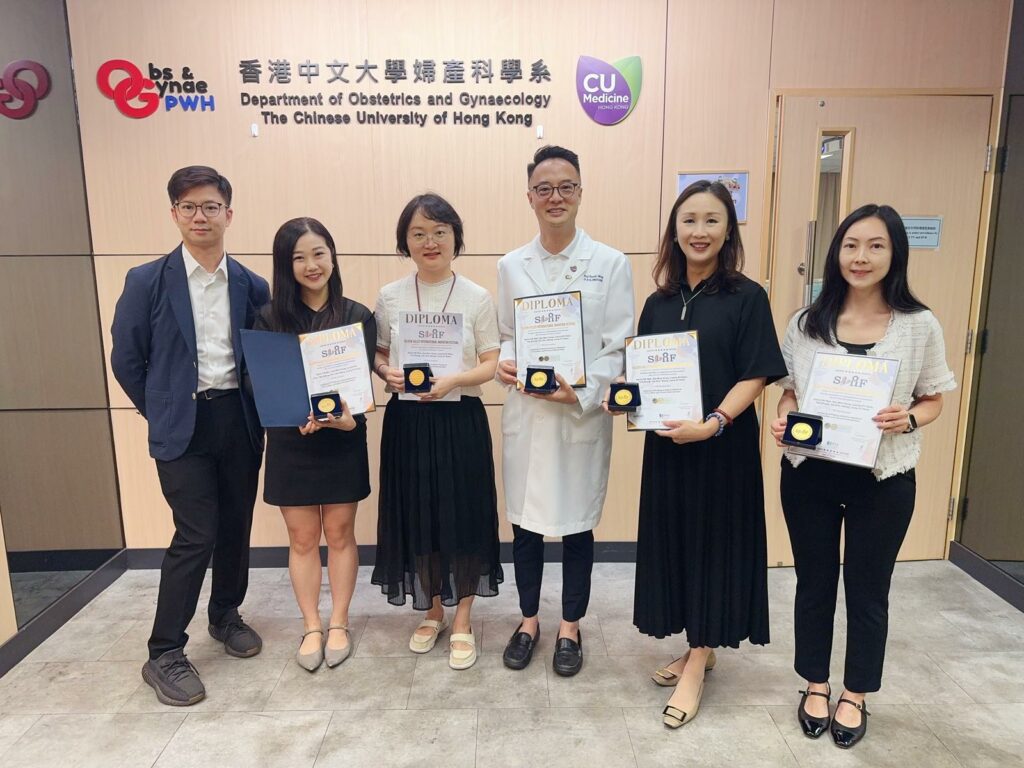
 Dean’s Visit to Departments 2024
Dean’s Visit to Departments 2024
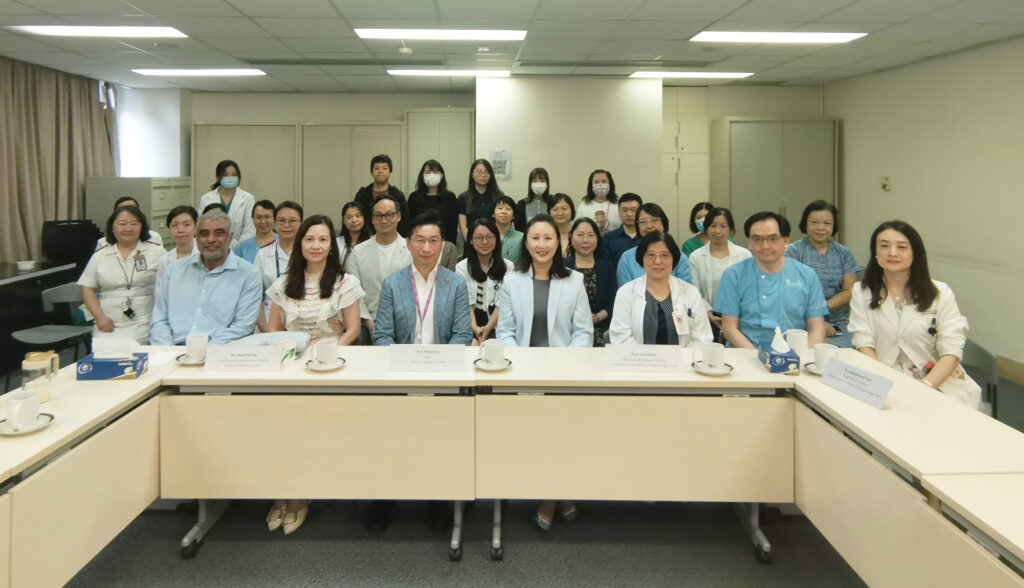
On June 17th, our department had hosted Prof. Philip Chiu, our Faculty Dean. During his visit, Prof. Chiu shared the latest updates on our Faculty Strategies and listened to the presentations highlighting our recent notable achievements and 5-year development plan, delivered by Prof. Liona Poon, our Department Chairperson. The discussions held were not only constructive but also provided valuable insights, offering us guidance as we strive towards our strategic goals. We are grateful for the Dean’s active involvement and unwavering commitment to the success of our department.

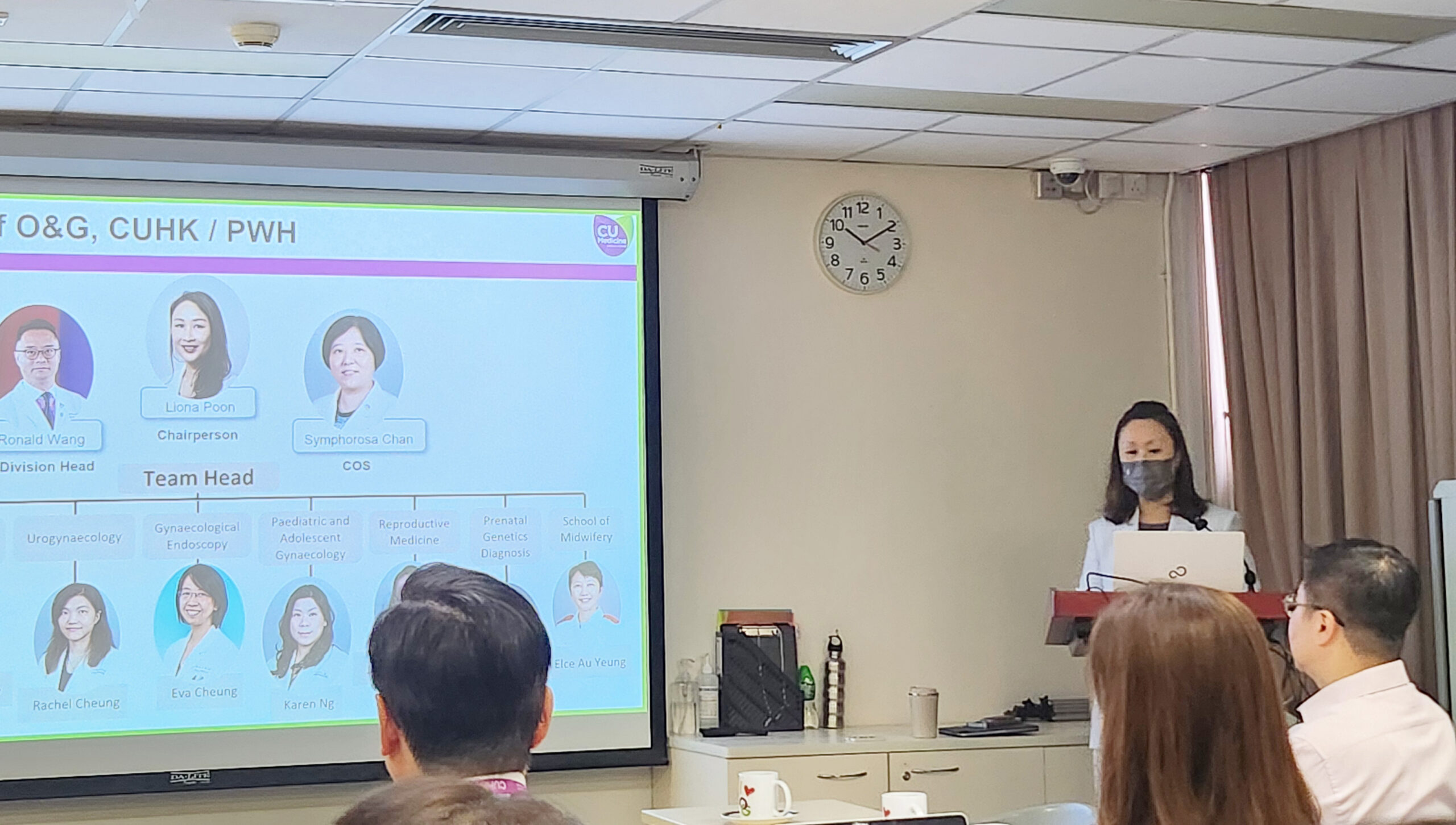
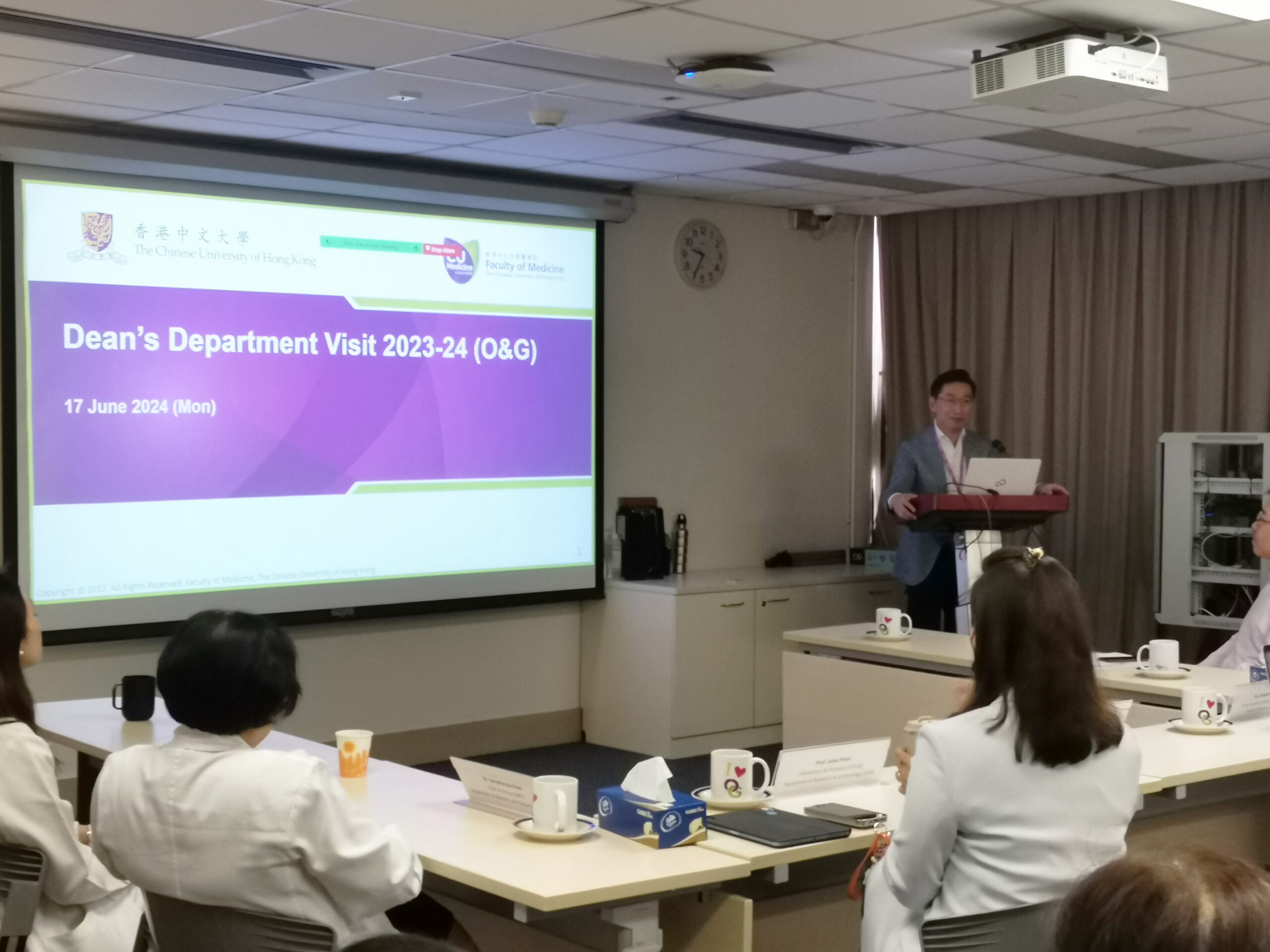
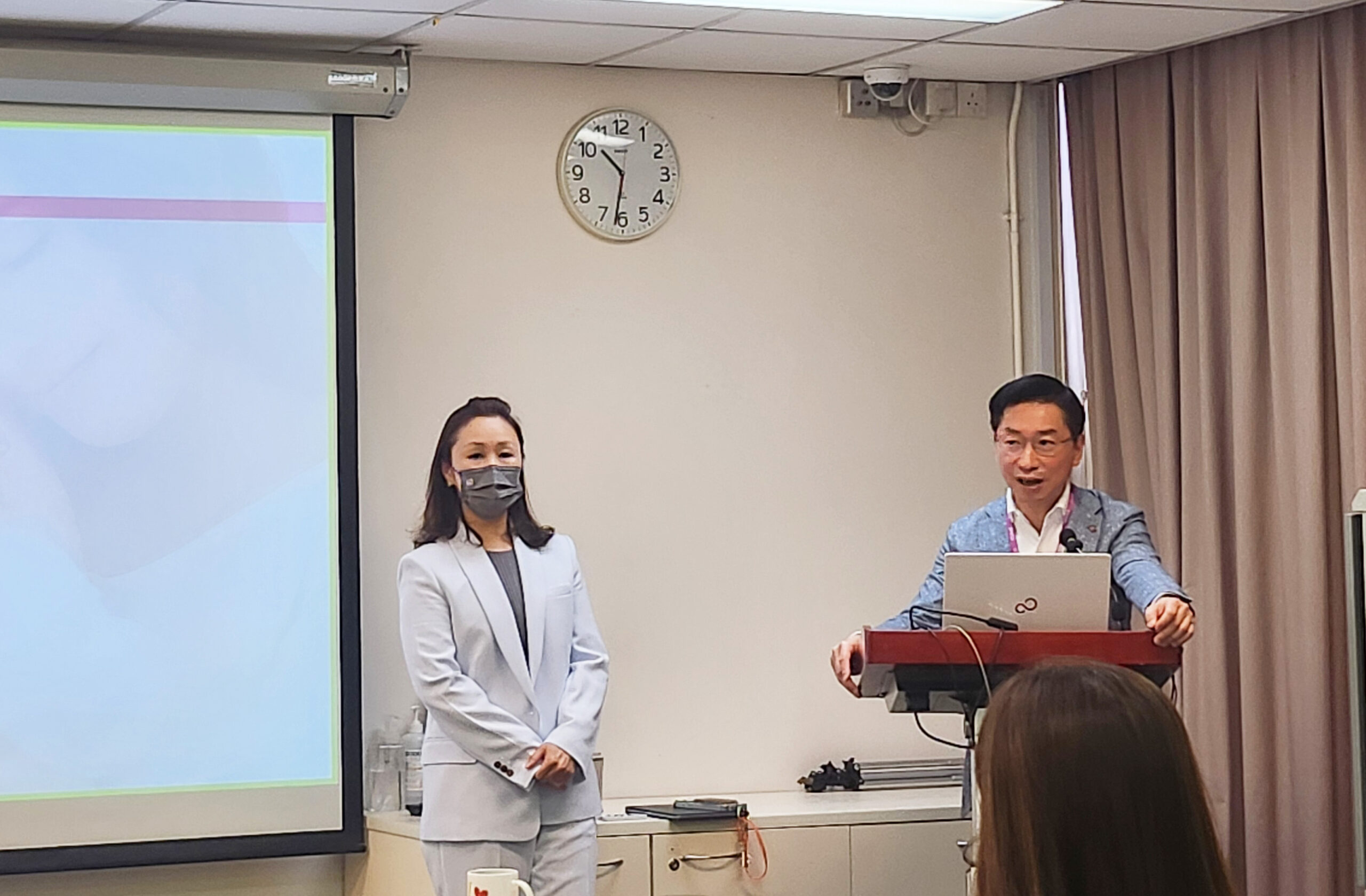
 The Chinese University of Hong Kong is ranked #28 in Medicine and #8 in Nursing worldwide
The Chinese University of Hong Kong is ranked #28 in Medicine and #8 in Nursing worldwide
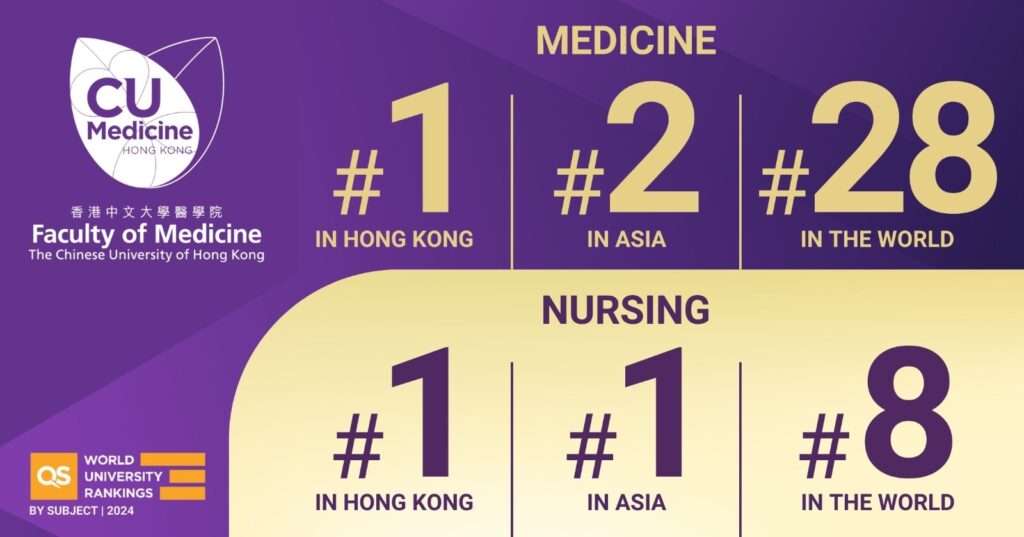
 2024.3.15 中大醫學院【薪火傳承開新章】MedTolo – Passing the Torch: Embarking on a New Era of Excellence
2024.3.15 中大醫學院【薪火傳承開新章】MedTolo – Passing the Torch: Embarking on a New Era of Excellence
更多內容: https://bit.ly/3V9E1Kg
剛卸任的前院長陳家亮教授與剛上任的新院長趙偉仁教授自學生時代開始,到在中大醫學院工作期間一直緊密合作。過去十年,他們發揮團隊精神,不斷壯大醫學院。陳教授光榮卸任,我們感謝他過去十年為醫學院創造佳績,同時亦展望在趙院長的帶領下,醫學院能再創高峰。
Full article: https://bit.ly/3V9E1Kg
Prof Philip W.Y. CHIU, Dean of CU Medicine and the former Dean, Prof. Francis K.L. CHAN have crossed paths from their students’ days to their careers in CU Medicine. Over the years they have worked closely as a team, making CU Medicine to grow steadily. As we extend our utmost gratitude to Prof. CHAN for his wisdom and guidance over the last ten years, we are excited to see how CU Medicine will continue to flourish under Prof. CHIU’s inspired leadership.
 2024.3.15 中大醫學院【部門巡禮 – 婦產科學系 】Tour of CU Medicine – Department of Obstetrics and Gynaecology (CUOG)
2024.3.15 中大醫學院【部門巡禮 – 婦產科學系 】Tour of CU Medicine – Department of Obstetrics and Gynaecology (CUOG)
更多內容: https://bit.ly/3V9E1Kg
中文大醫學院婦產科學系 (CUOG) 一直是與孕婦及其嬰兒相關的臨床研究、教育和服務的業界前線。學系利用嶄新技術和突破性研究,促進從產前檢測計劃到產後護理的全方位服務,解決各種生育問題,優化婦女及其家庭的整體健康。
Full Article: https://bit.ly/3V9E1Kg
CU Medicine’s Department of Obstetrics and Gynaecology (CUOG) is at the forefront of clinical research, education, and services related to health issues for pregnant women and their babies. Leveraging new technologies and groundbreaking research, the department enhances its full scope of services, from prenatal testing schemes to postpartum care, addressing various reproductive issues. All these efforts are aimed at optimizing holistic health for women and their families.
 2024.2.4-7 14th IIFME Silver Medal to Our Team
2024.2.4-7 14th IIFME Silver Medal to Our Team
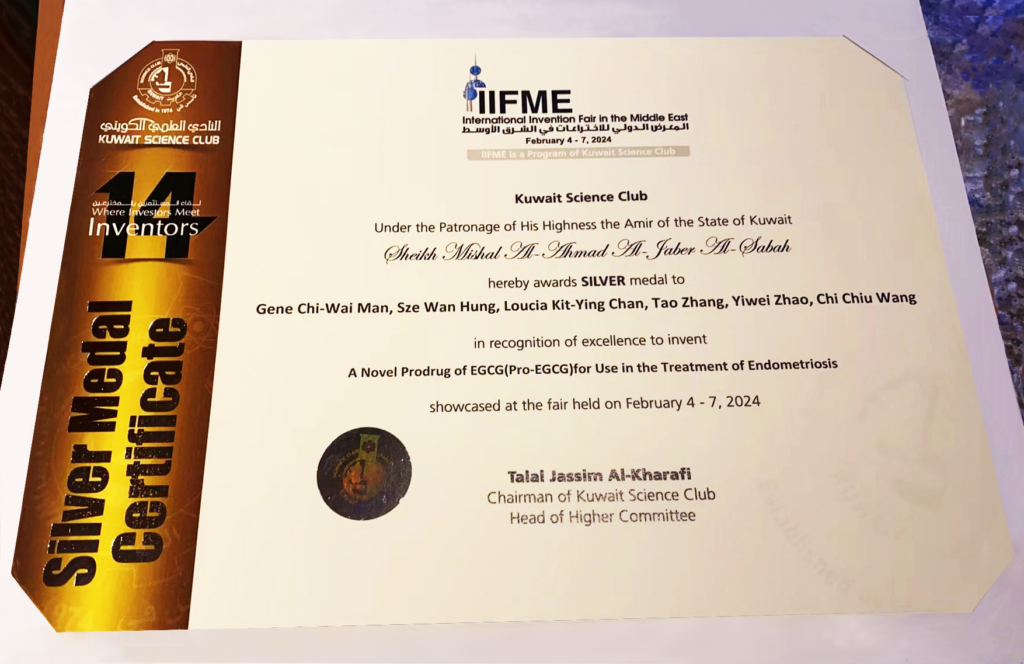
Congratulations to Prof. Ronald Wang, Dr. Judy Zhang, and the exceptional team!
They have been recognized for their outstanding work in inventing a Novel Prodrug of EGCG (Pro-EGCG) for the treatment of Endometriosis. This remarkable achievement was showcased at the prestigious International Invention Fair in the Middle East (IIFMFE).
This invention promises to make a significant impact on the field of medicine, particularly in the treatment of Endometriosis. The dedication and ingenuity demonstrated by Dr. Judy Zhang, Prof. Ronald Wang, and their team will undoubtedly pave the way for improved therapies and enhanced quality of life for patients.
 2024.1.13 CU Medicine Gala Dinner
2024.1.13 CU Medicine Gala Dinner
 2023.12.07 CUOG Christmas Party
2023.12.07 CUOG Christmas Party
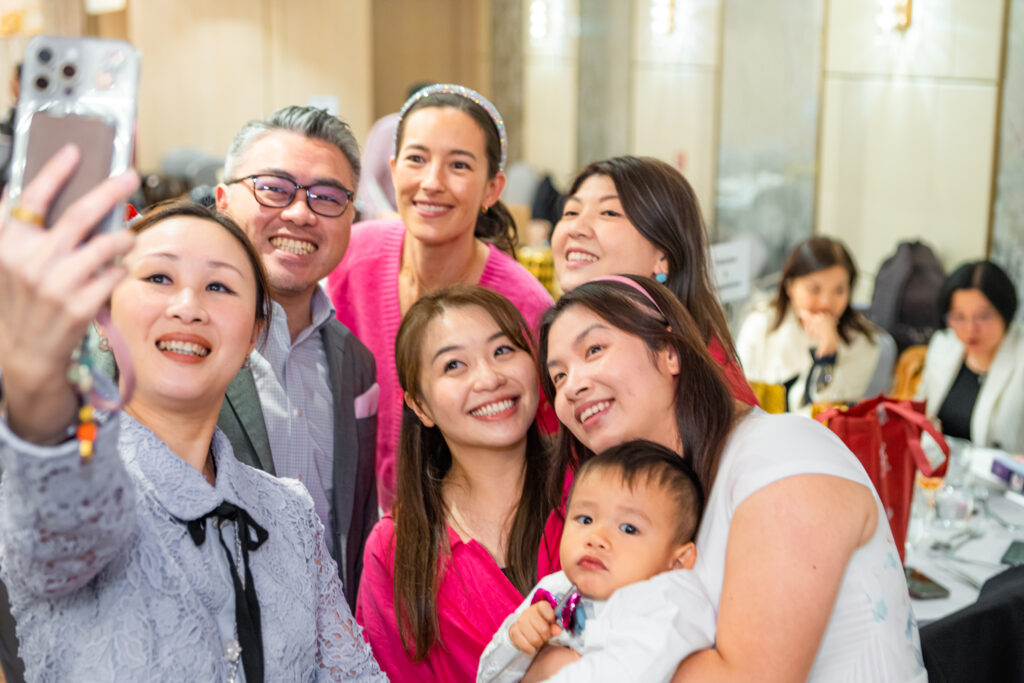

Such a lovely night to have our departmental Christmas Party – at Jade Pavilion, Royal Park Hotel. We are grateful for everyone who joined us to celebrate. Thank you for your contributions to our department throughout the year. The night was filled with laughter, joy, and a unified spirit that captured the essence of the holiday season.
Thank you all for making our CUOG Christmas Party memorable!
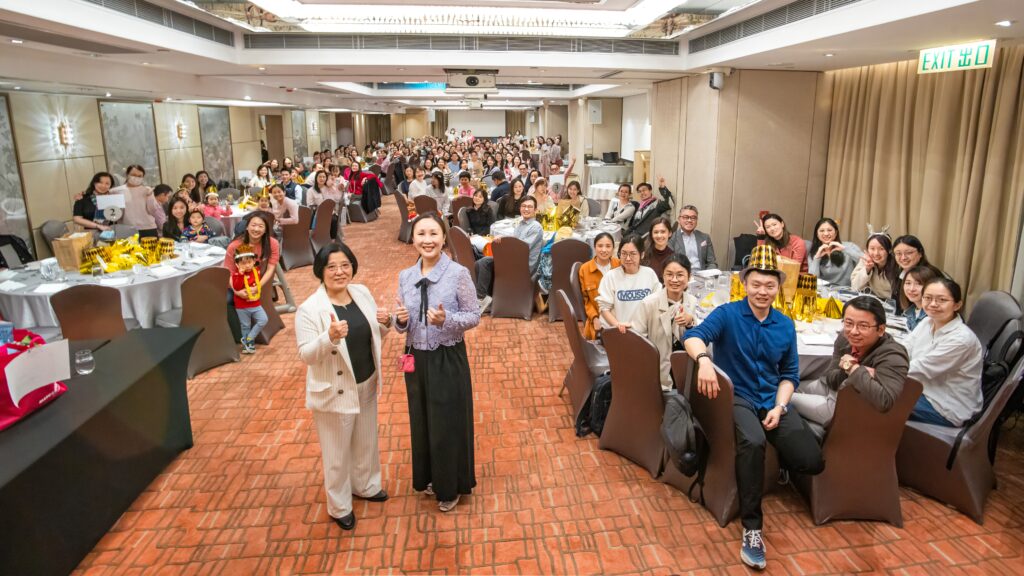
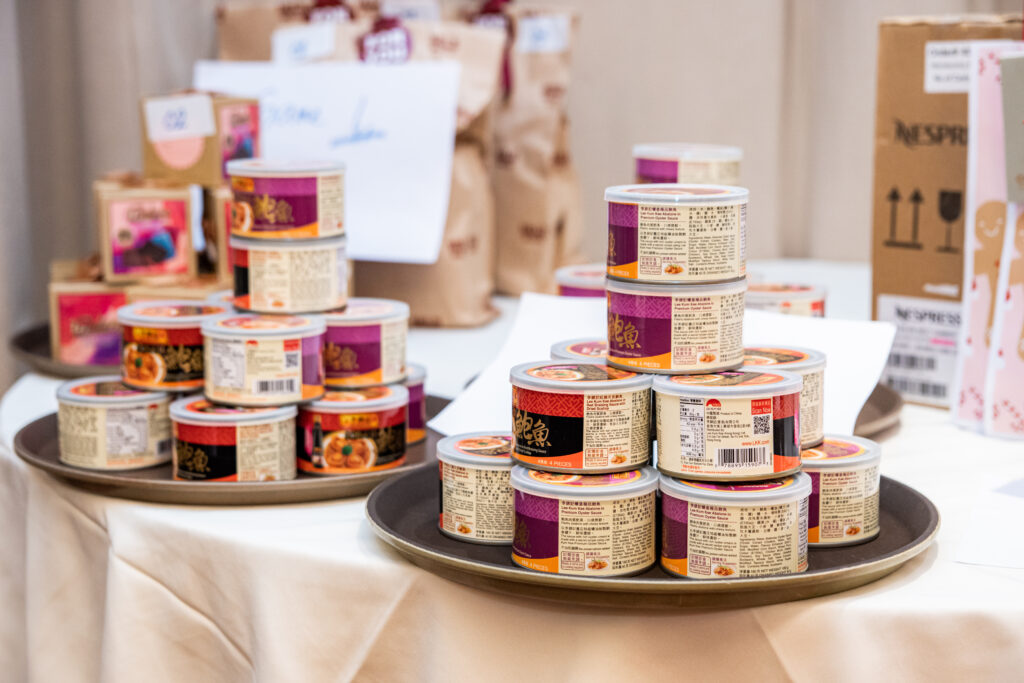


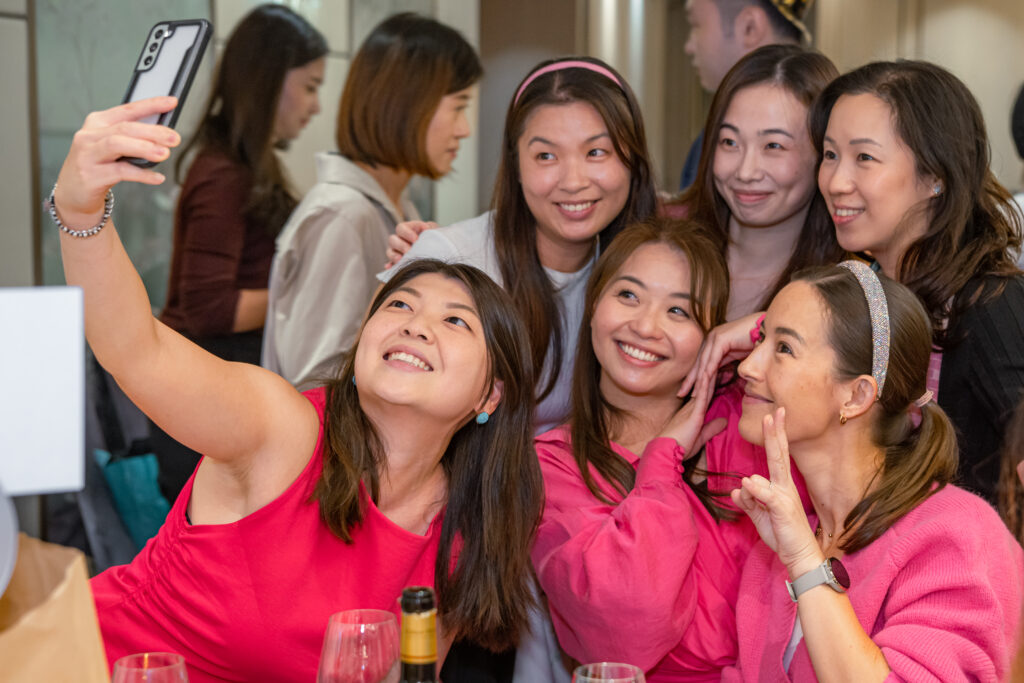
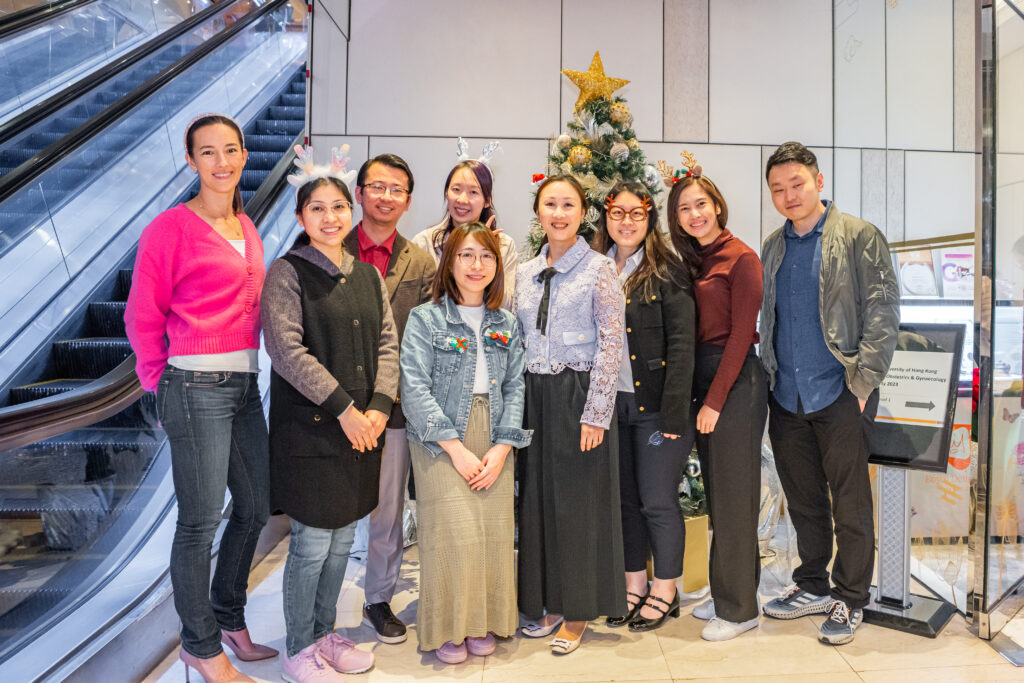
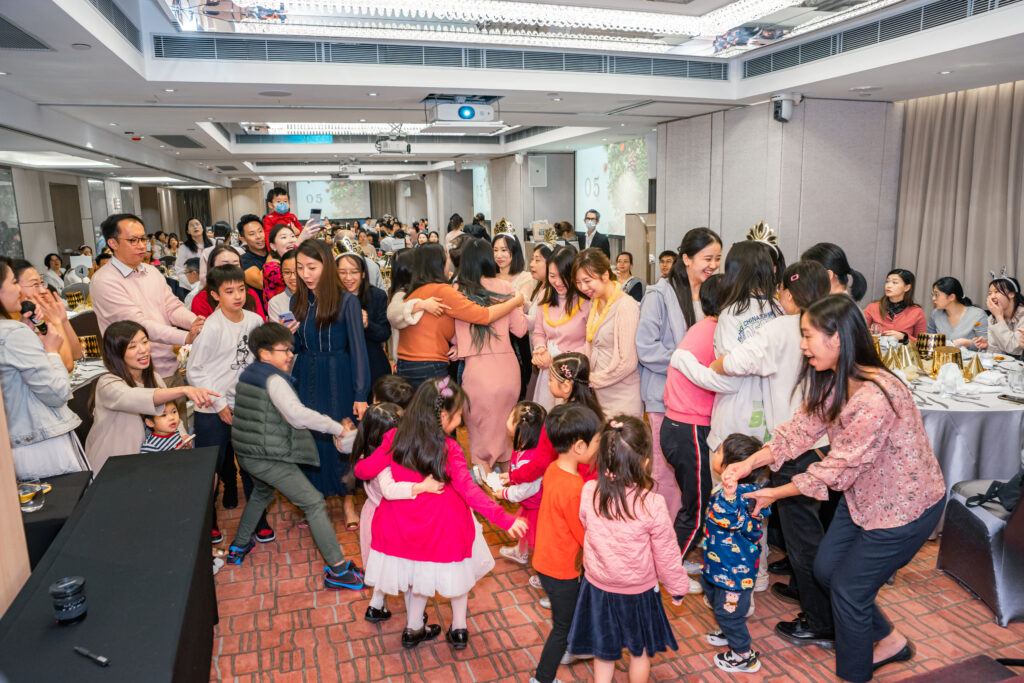


 2023.11.25 HKCOG’s honorary fellowship
2023.11.25 HKCOG’s honorary fellowship
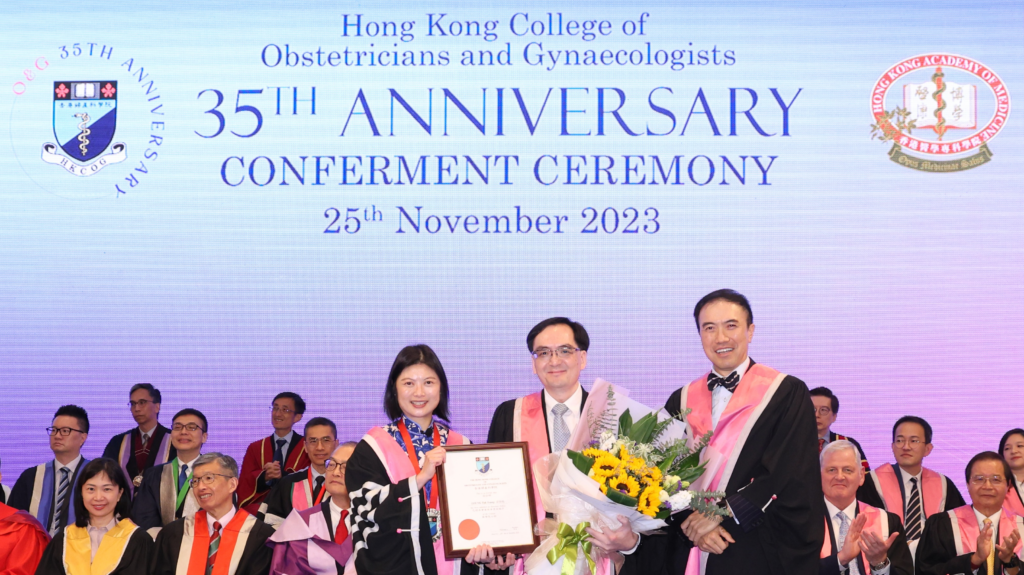
Congratulations to Prof TY LEUNG for his conferment of HKCOG’s honorary fellowship (25 Nov 2023)
MBChB (CUHK) 1992; MD (CUHK) 2005
FHKAM (O&G) 1999; HKCOG First Fellow in MFM 2005; FRCOG 2009
President of HKCOG 2019-2021
Chairman of Department O&G, CUHK 2013-2022
Assistant Dean, Faculty of Medicine, CUHK 2019-
Changjiang Scholar 2021 by Ministry of Education, China
Outstanding Team Award 2021 by Hospital Authority
The Faculty Teaching Award 2022 by the Faculty of Medicine CUHK.
BJOG Scientific Editor 2016-2021
Expertise in Obstetric emergencies, fetal diagnosis and therapy, published >380 scientific papers with H-index of 53 (by 2023).
Contributed to the development in obstetric and fetal medicine in Hong Kong, Mainland China and Asia through his Asian Pacific Congresses and various training courses.
To view the full citation of Prof TY LEUNG for his conferment of HKCOG’s honorary fellowship 2023, please go to HKCOG’s website: https://www.hkcog.org.hk/hkcog/honfellows_vc_6_203_1346.html
 2023.05.04 Press Conference on Jockey Club Genetic Carrier Screening Program for High Risk Couples
2023.05.04 Press Conference on Jockey Club Genetic Carrier Screening Program for High Risk Couples
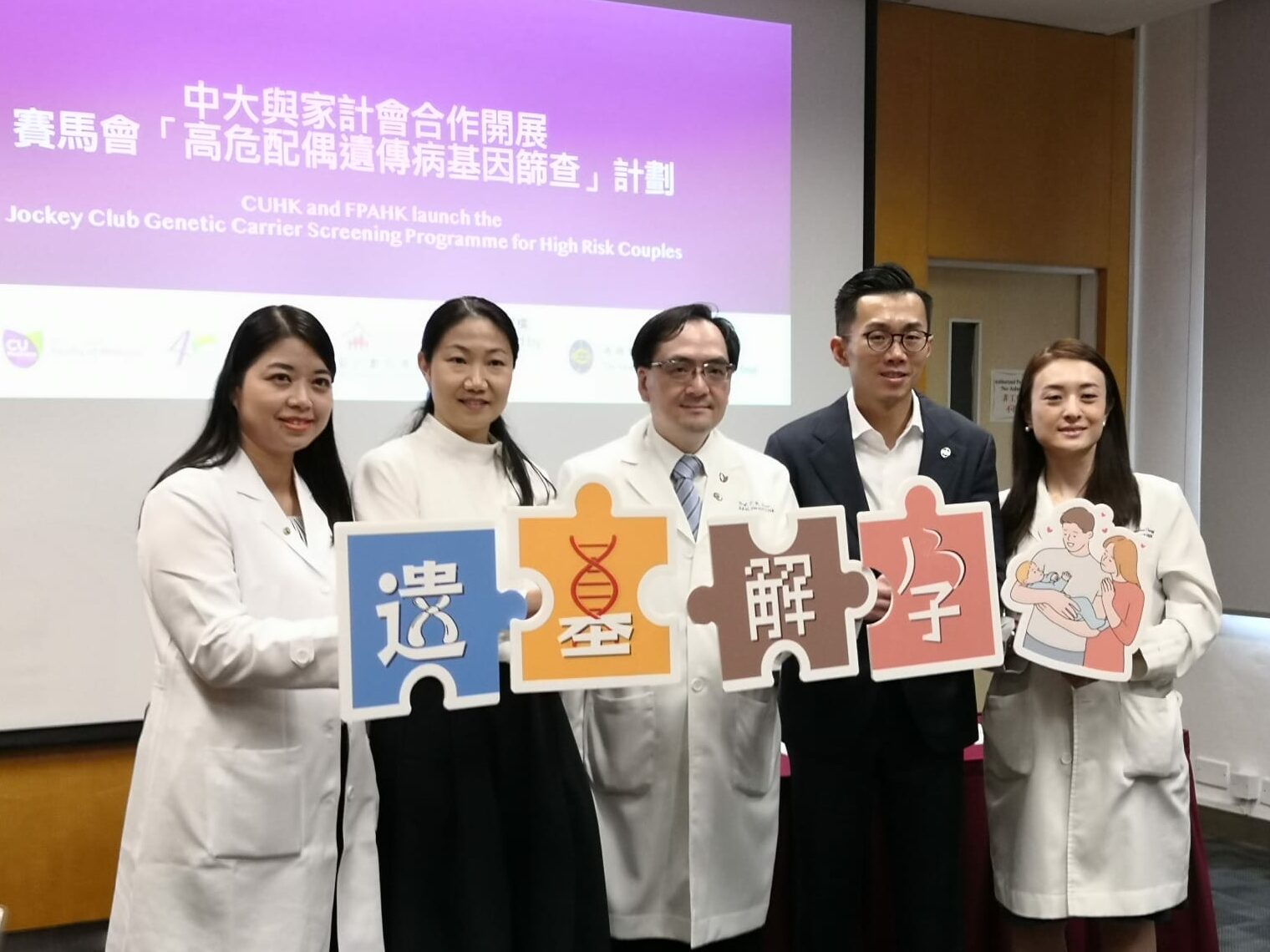
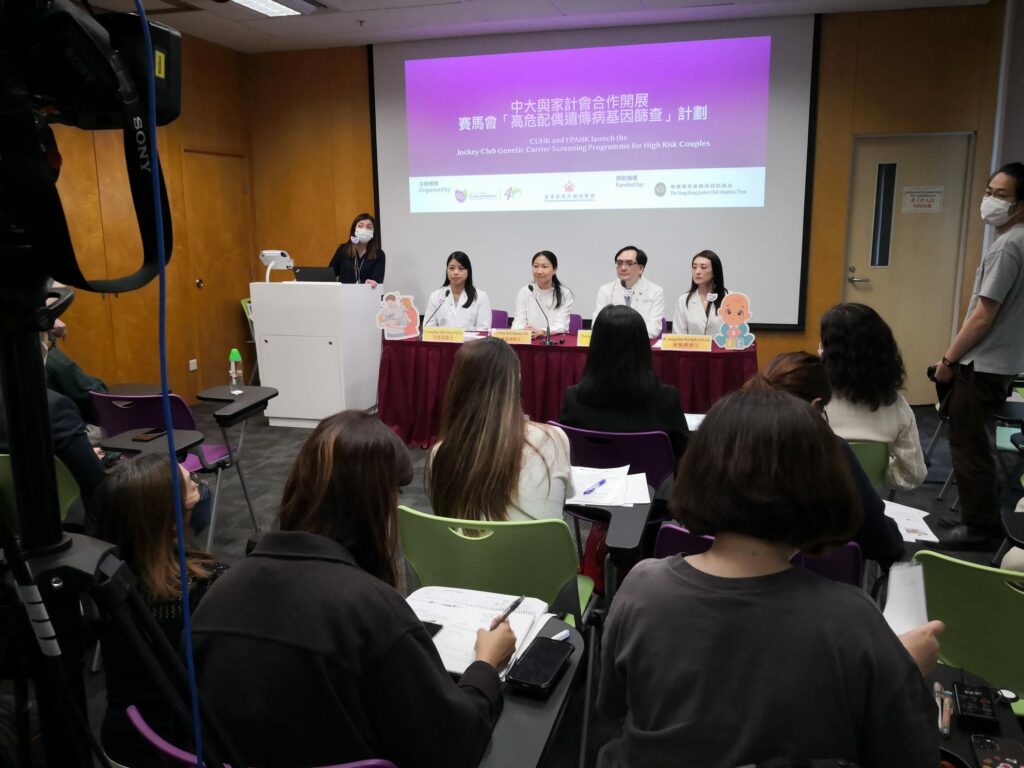
 2023.04.29 CUOG Strategic Offsite
2023.04.29 CUOG Strategic Offsite
Such a lovely Saturday to have our departmental team building event – the CUOG Strategic Offsite – at the CUHK Medical Centre. Truly an honour for us to have everyone onboard and thank you all for your contributions to our department and the event! Much appreciated!
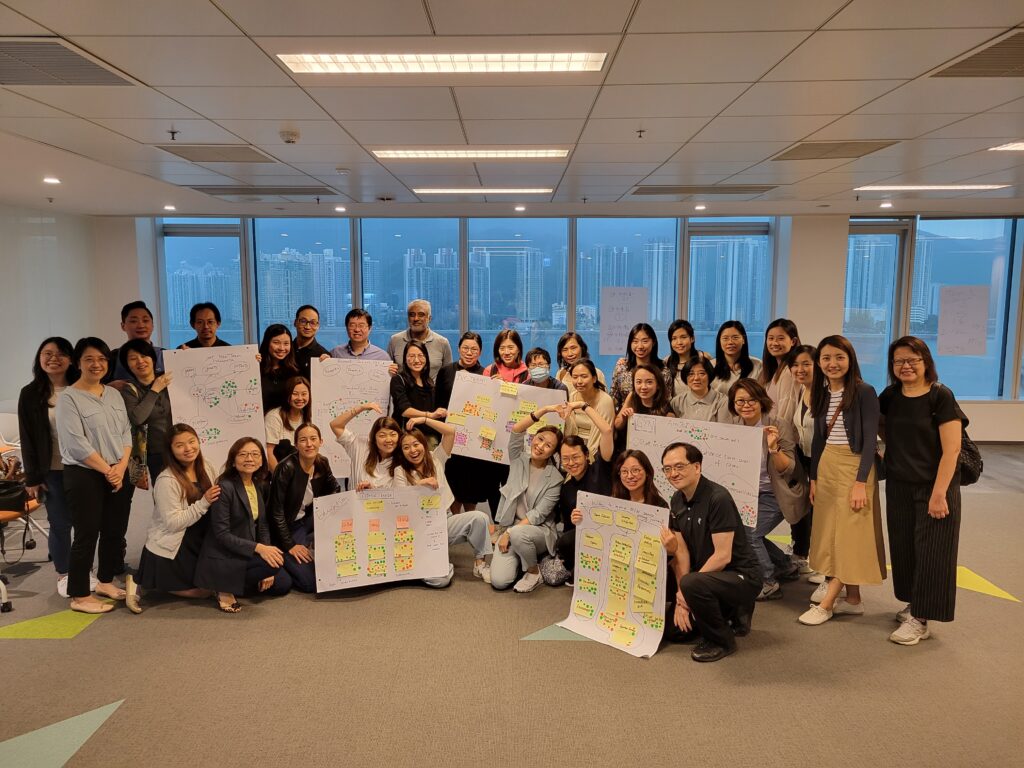
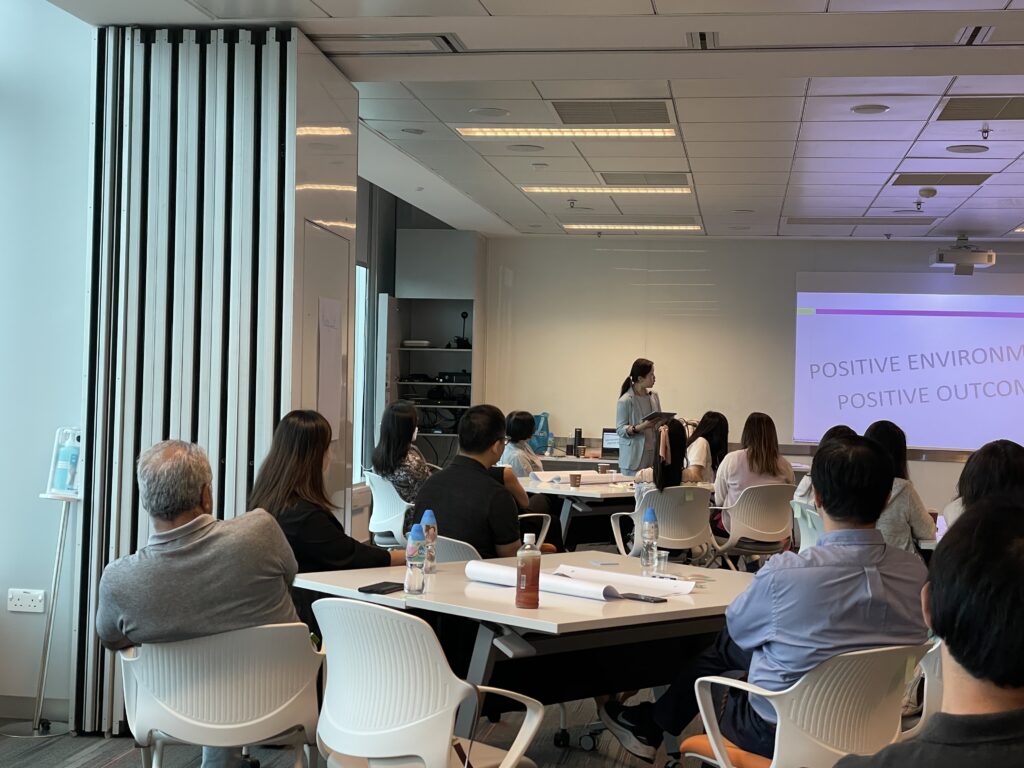
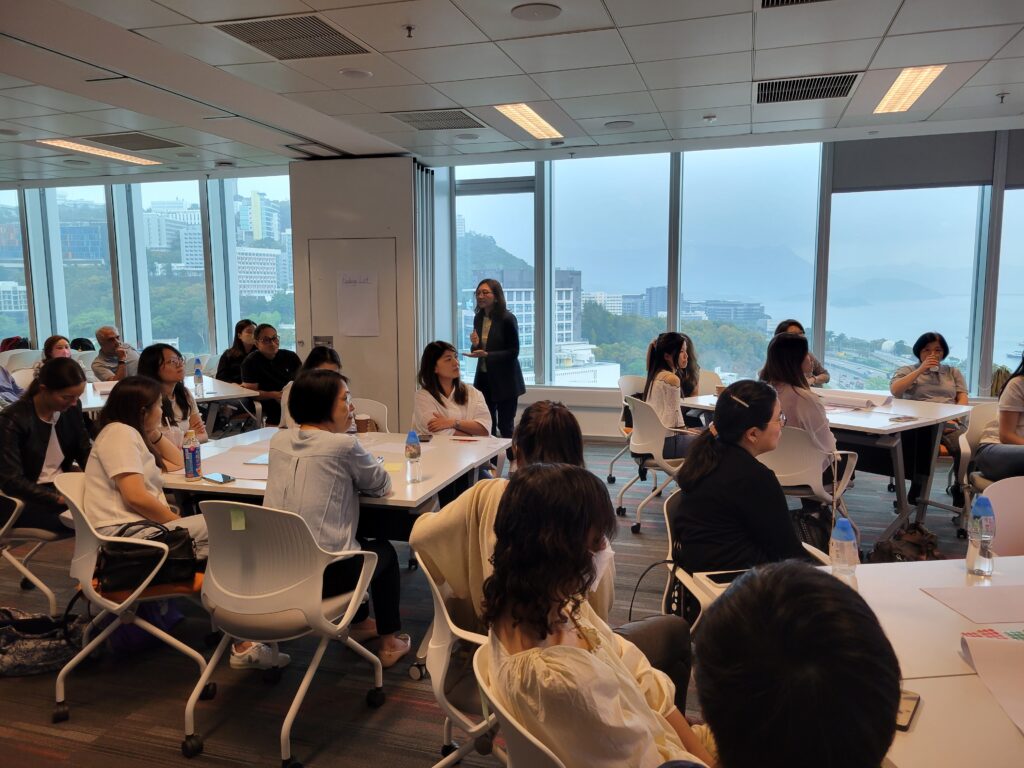
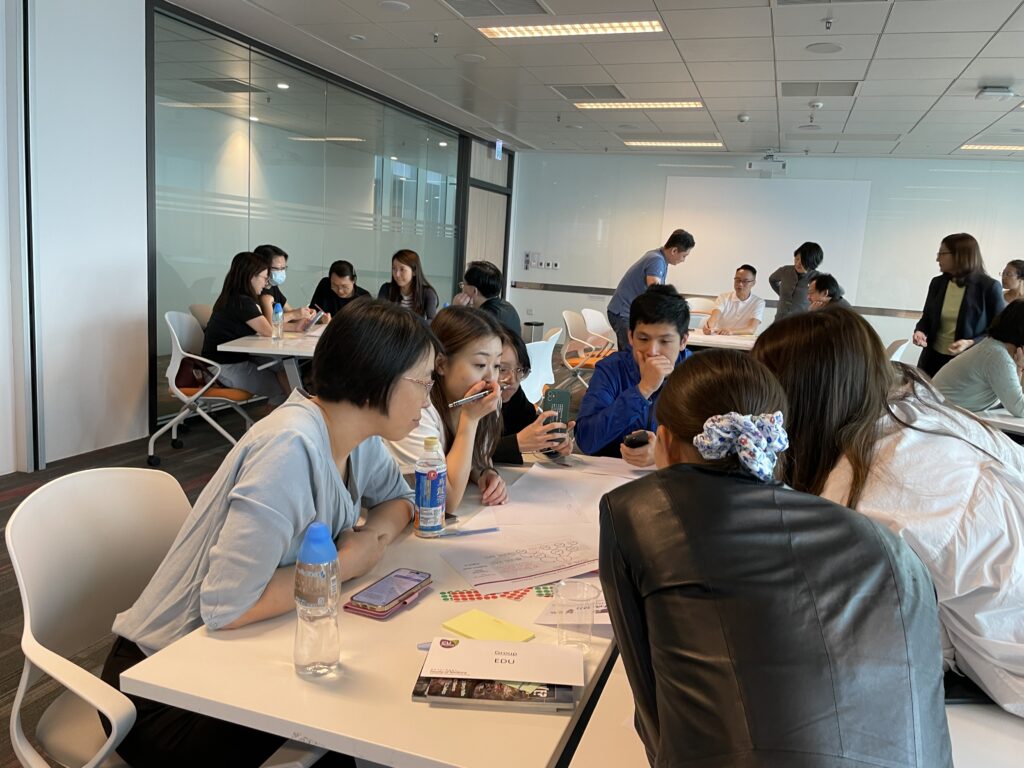
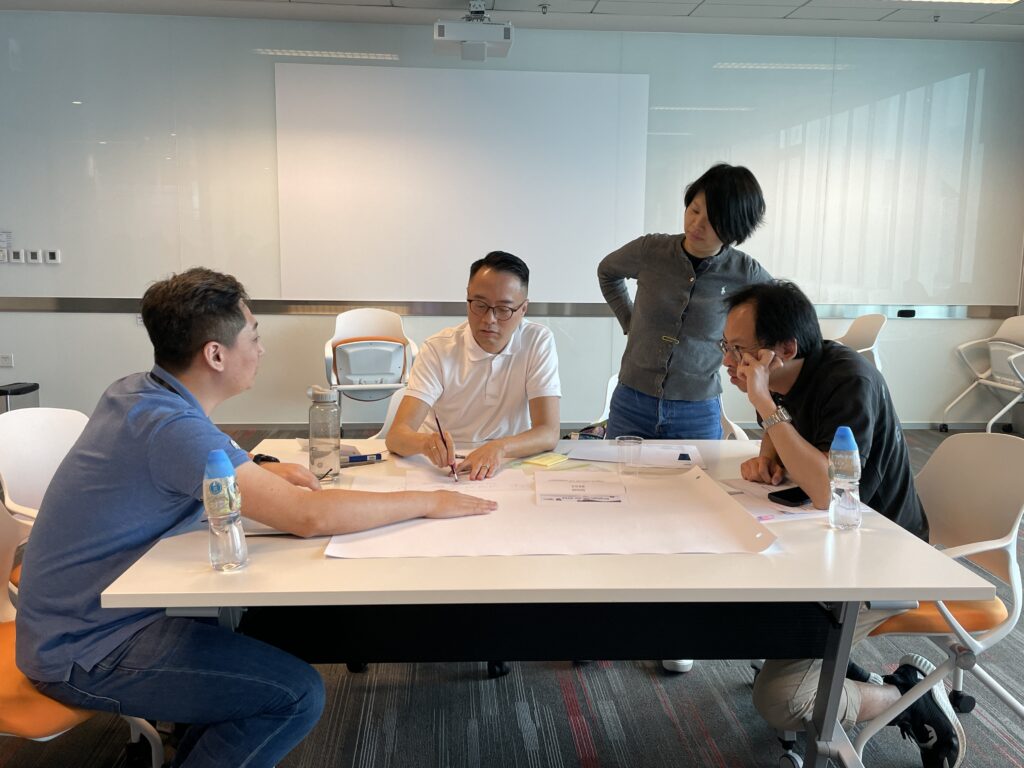
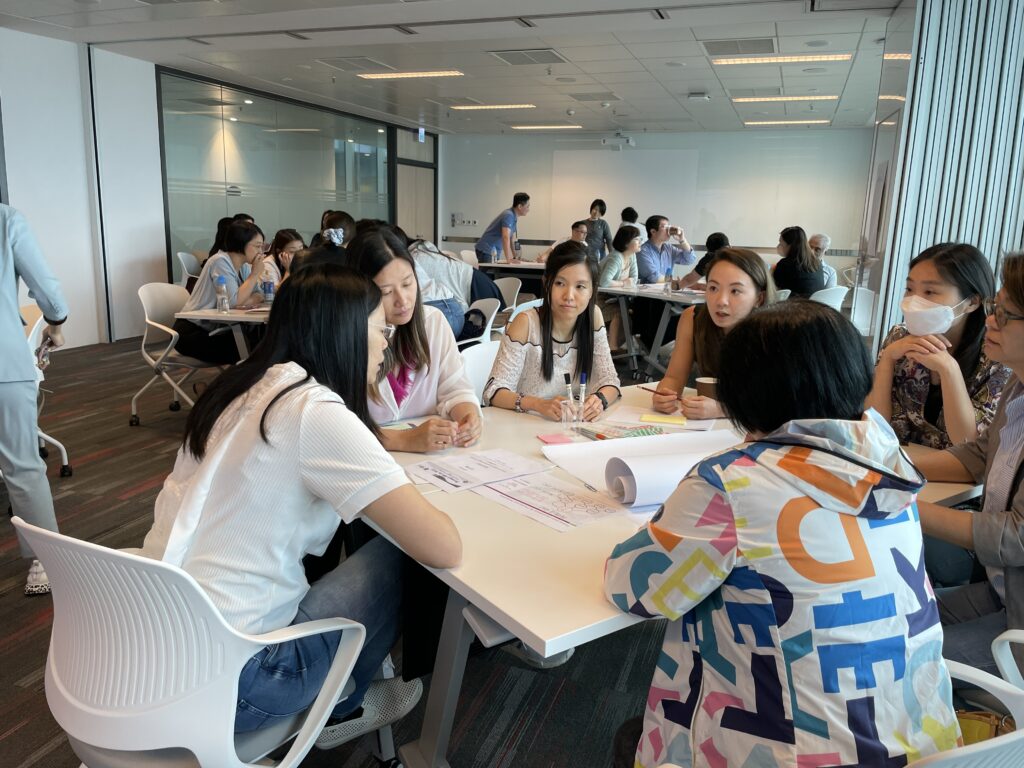
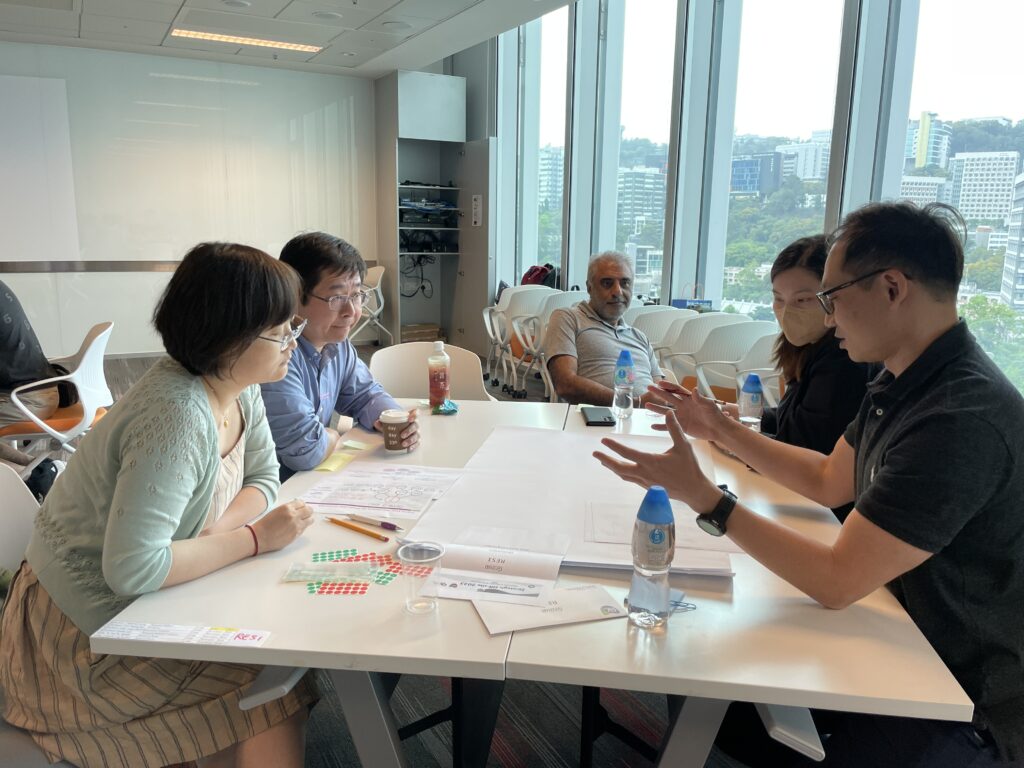
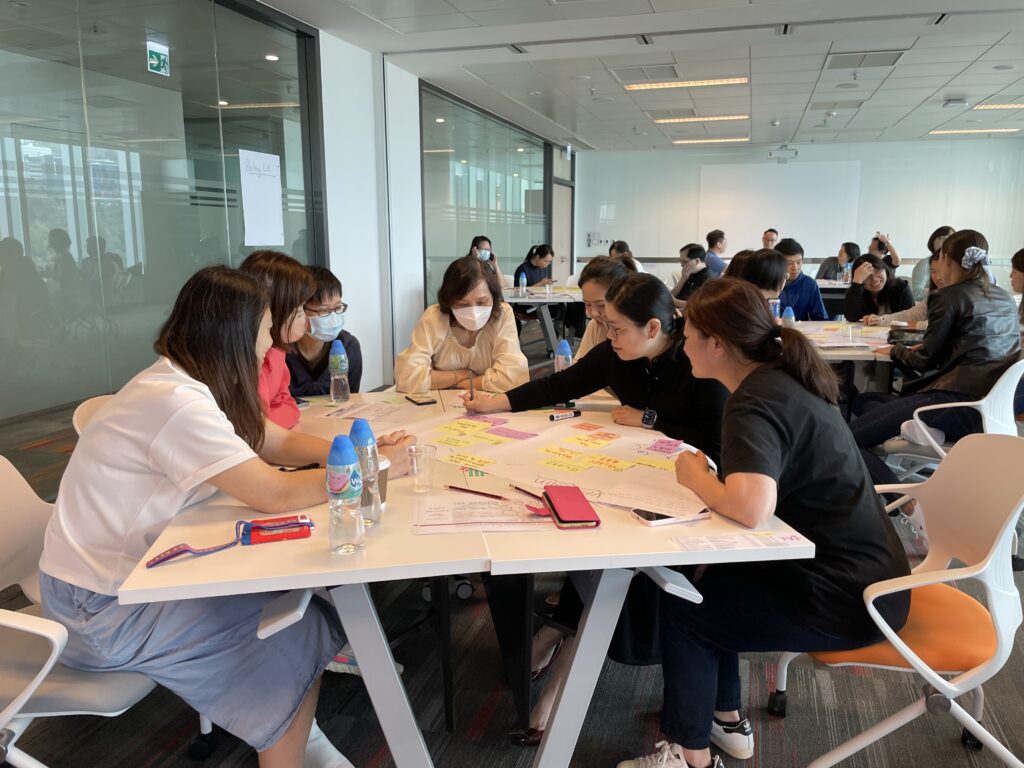
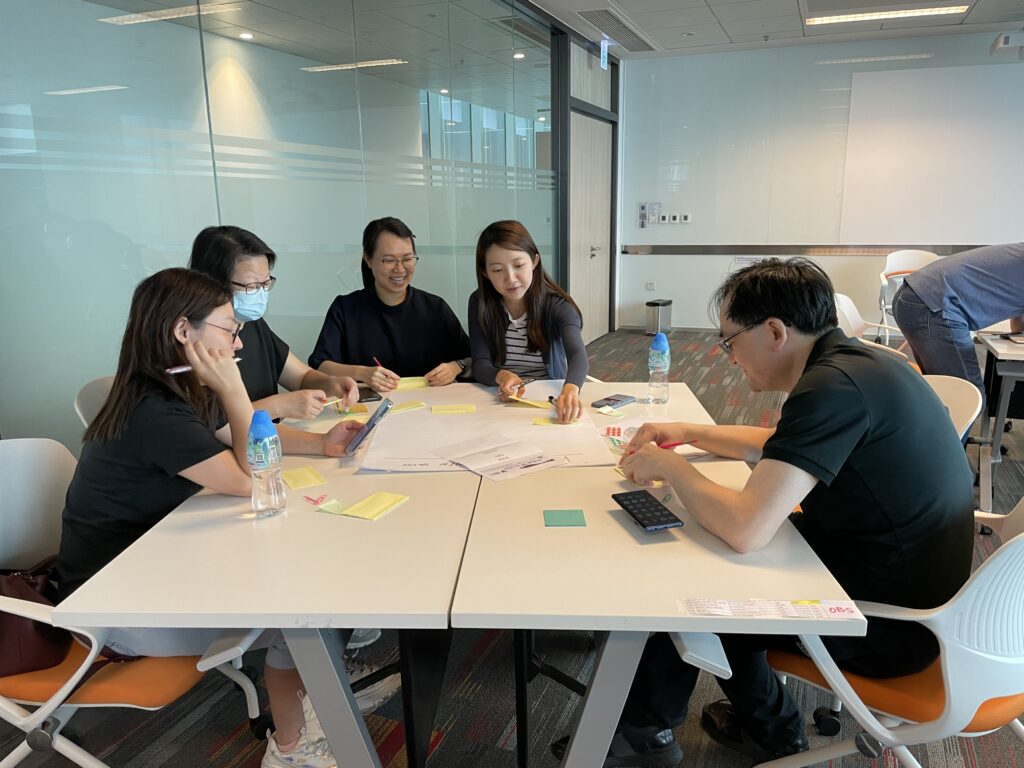
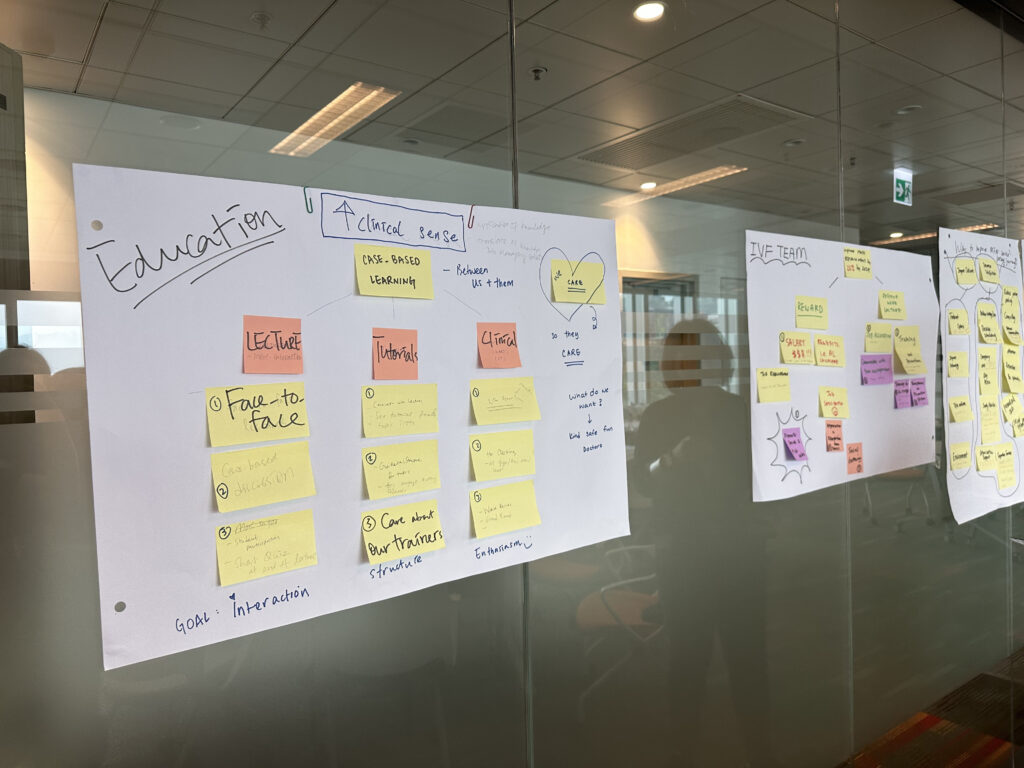
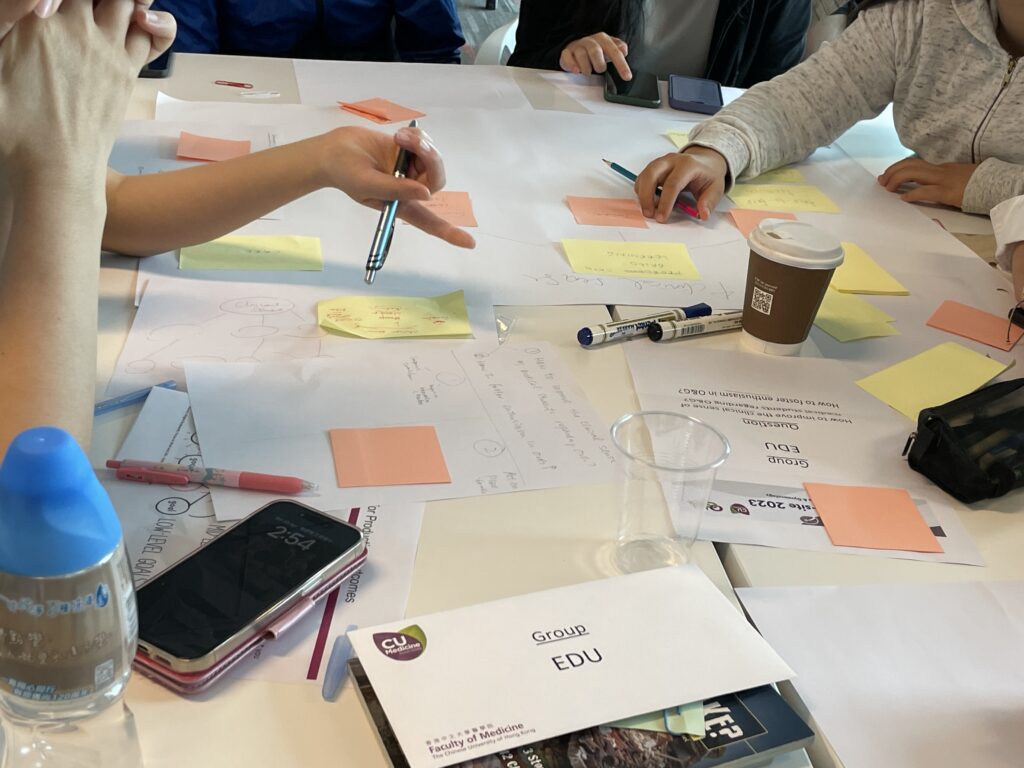
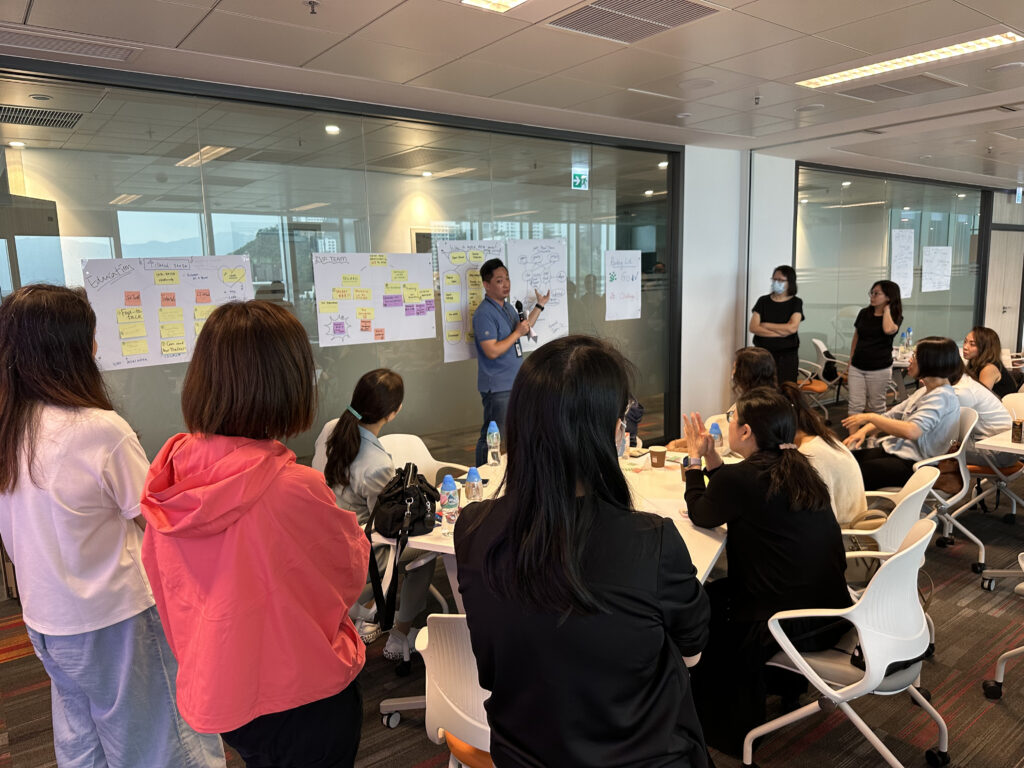
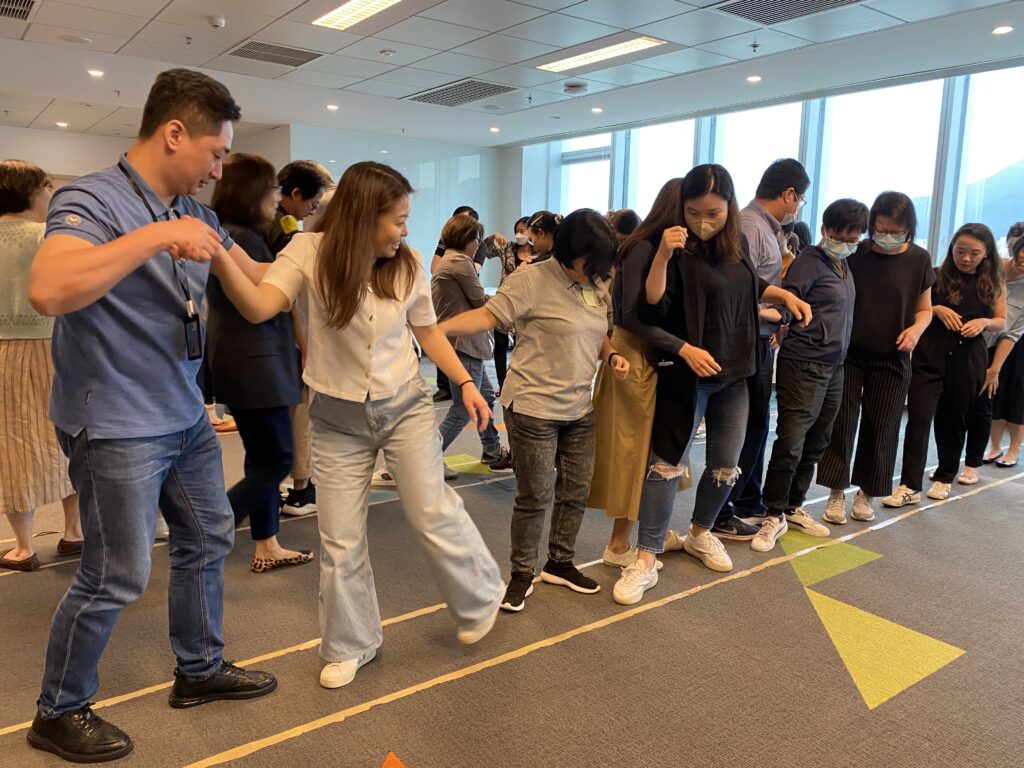
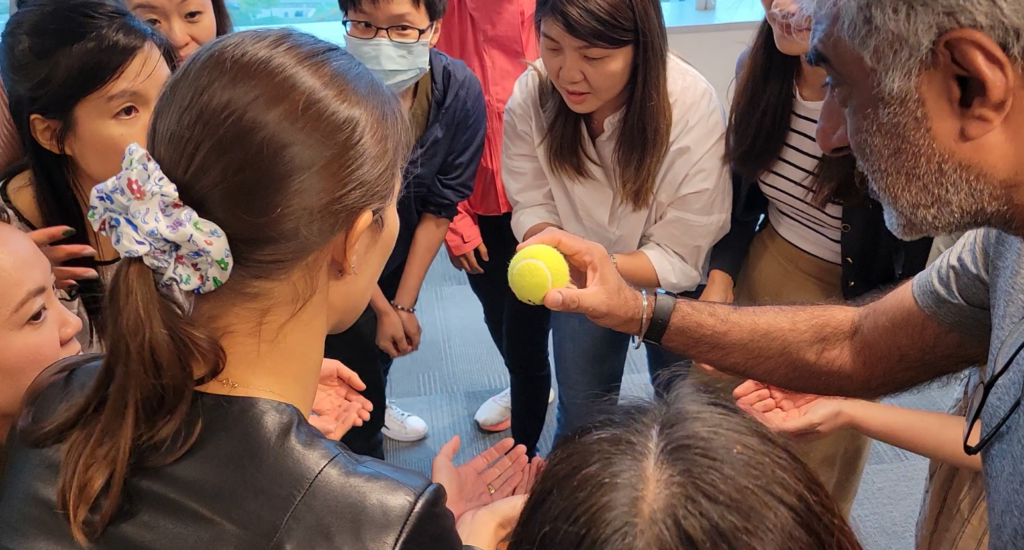

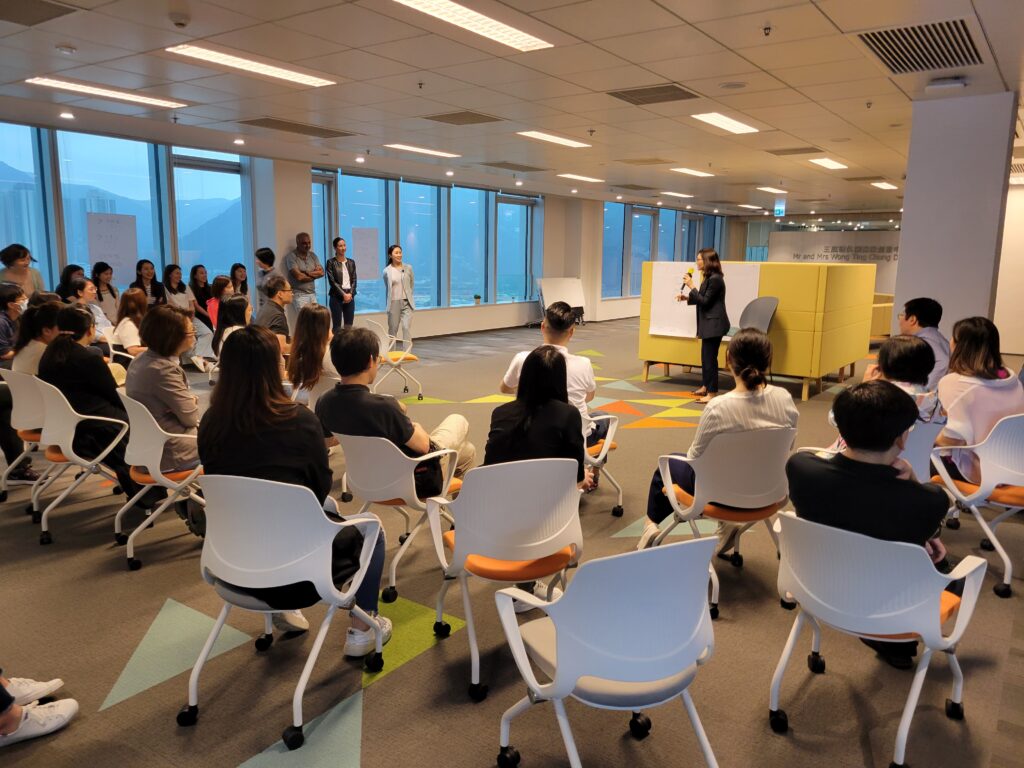
 2023.01.31 Dean’s Visit
2023.01.31 Dean’s Visit
It was an honor for us to welcome our Dean in coming to our Department and be encouraged to step-forth together in reaching our visions.
